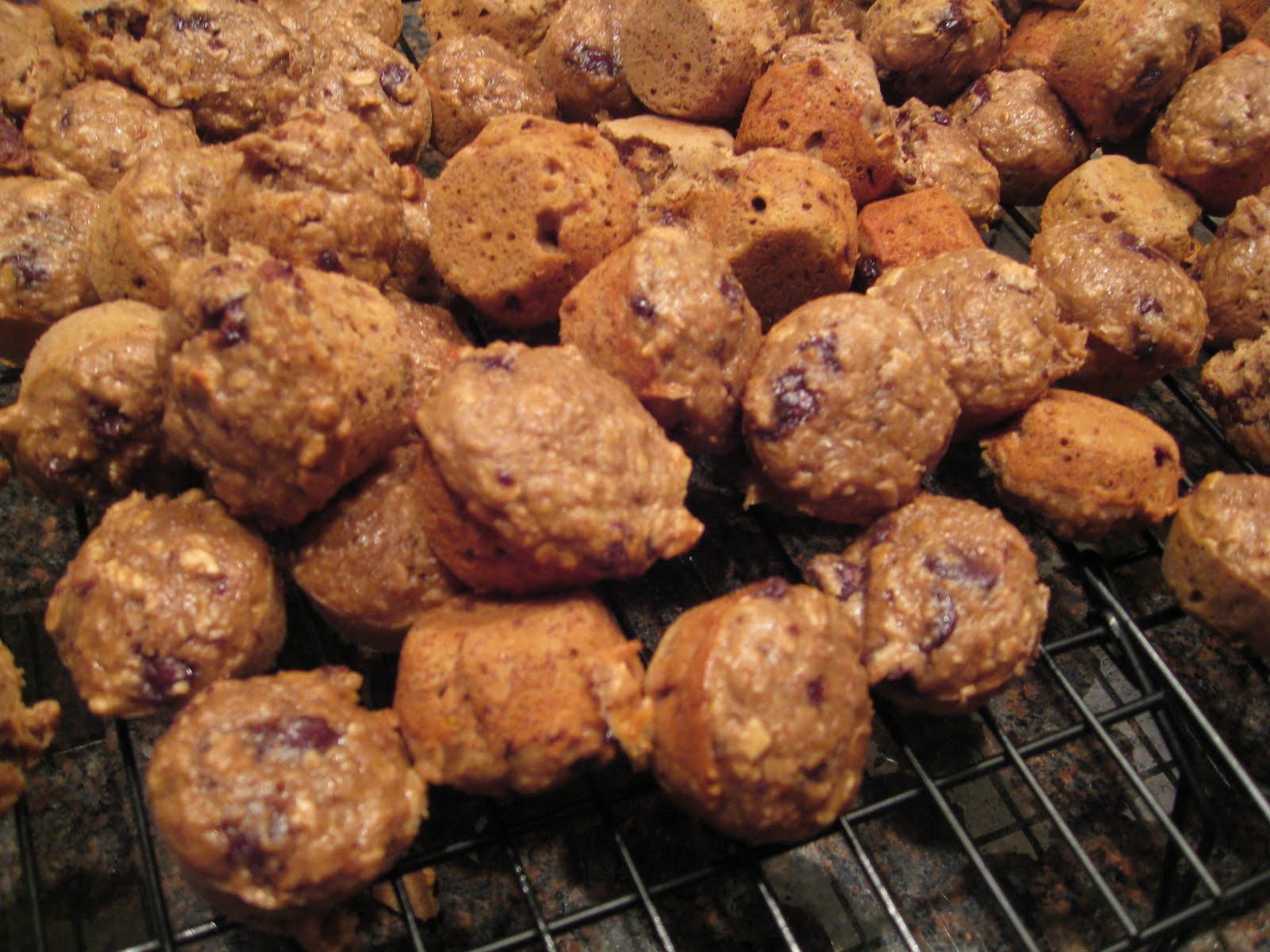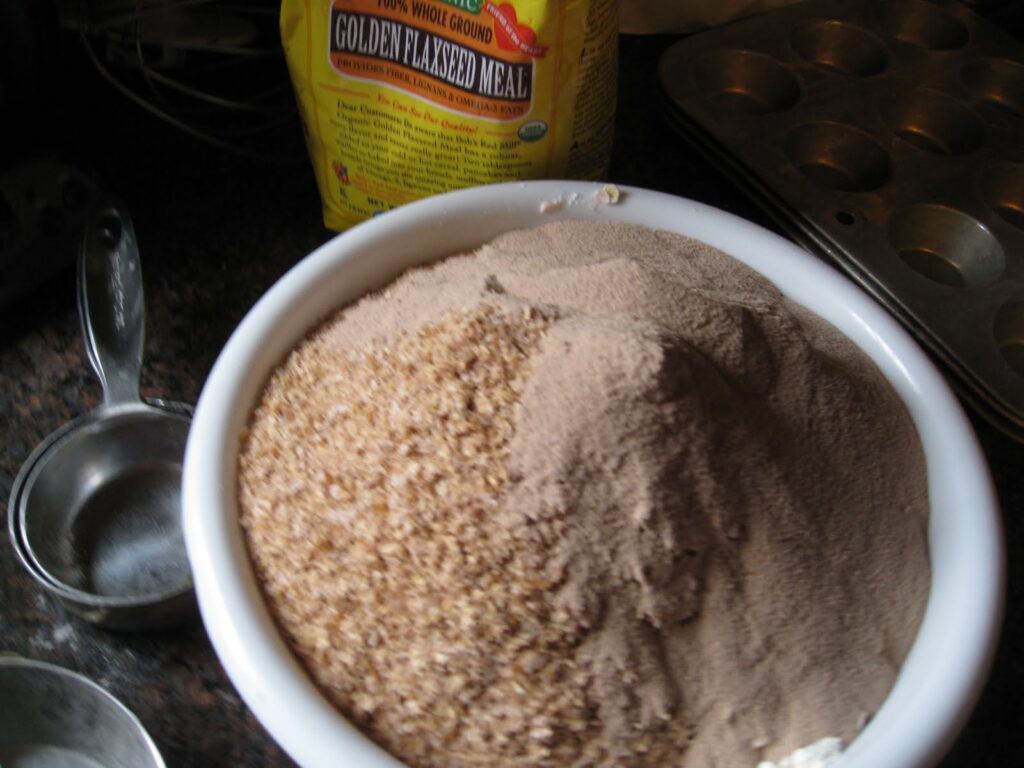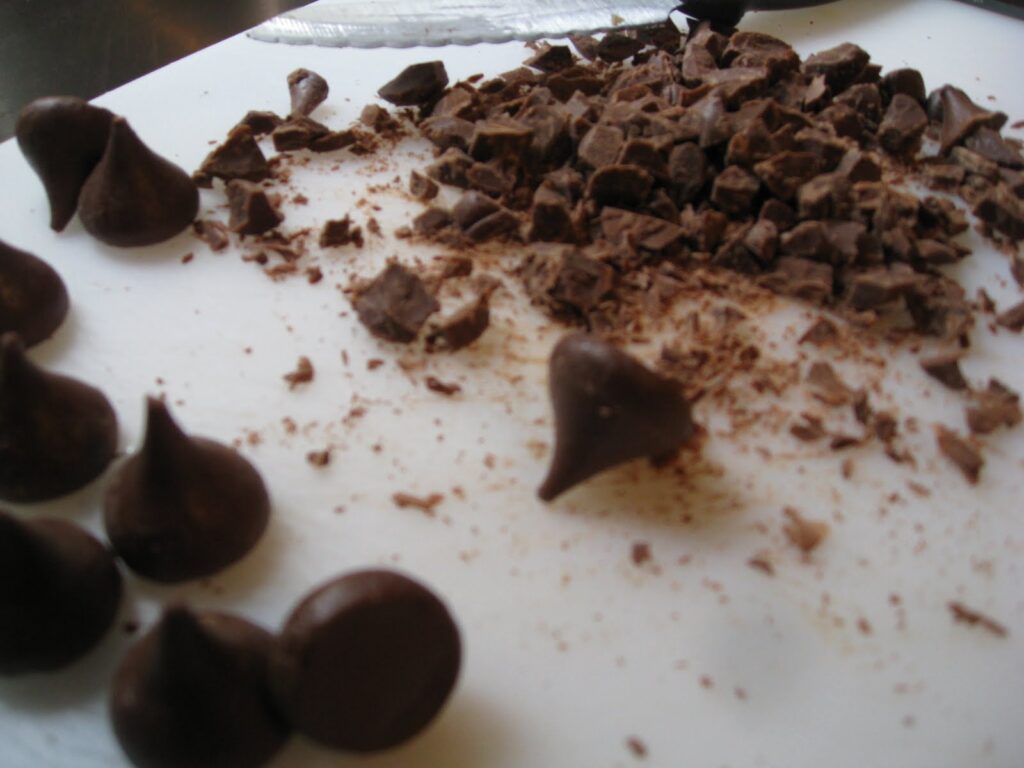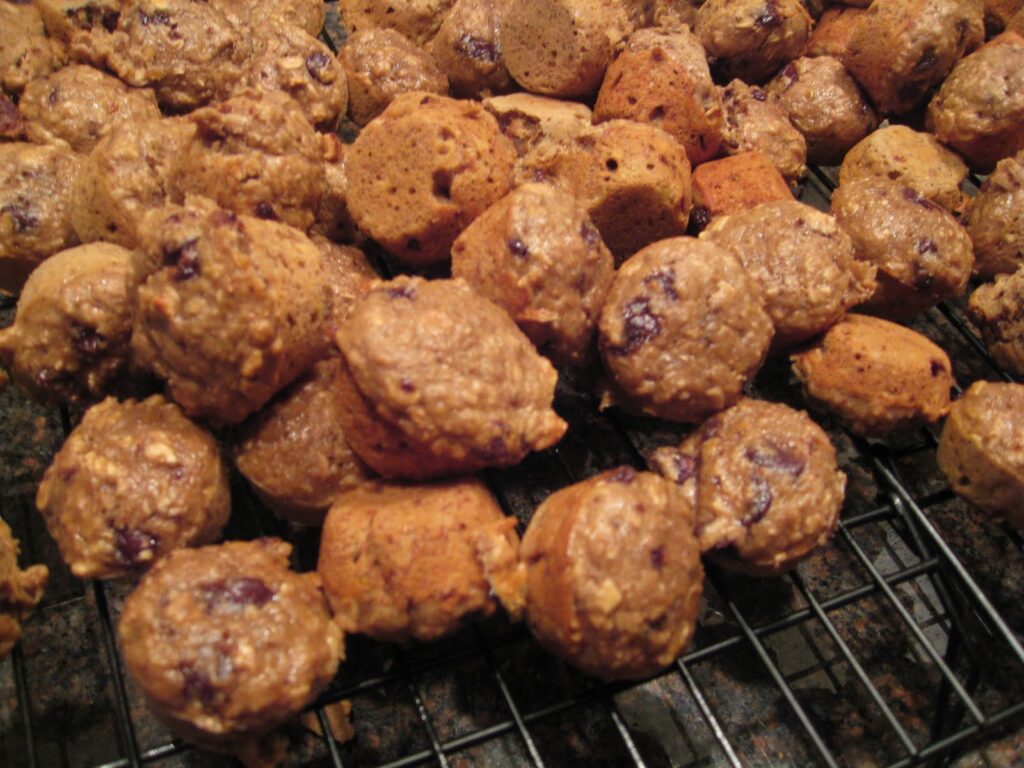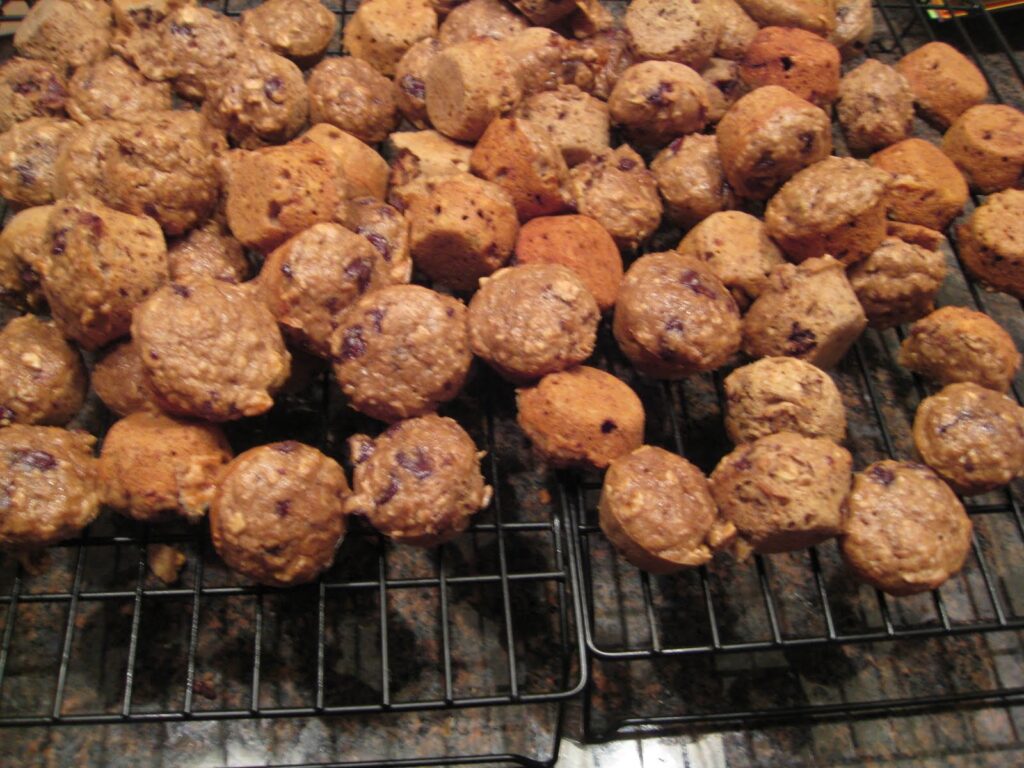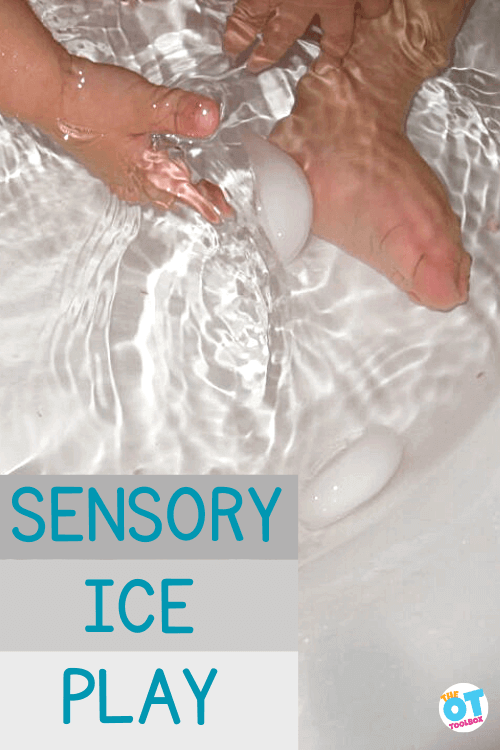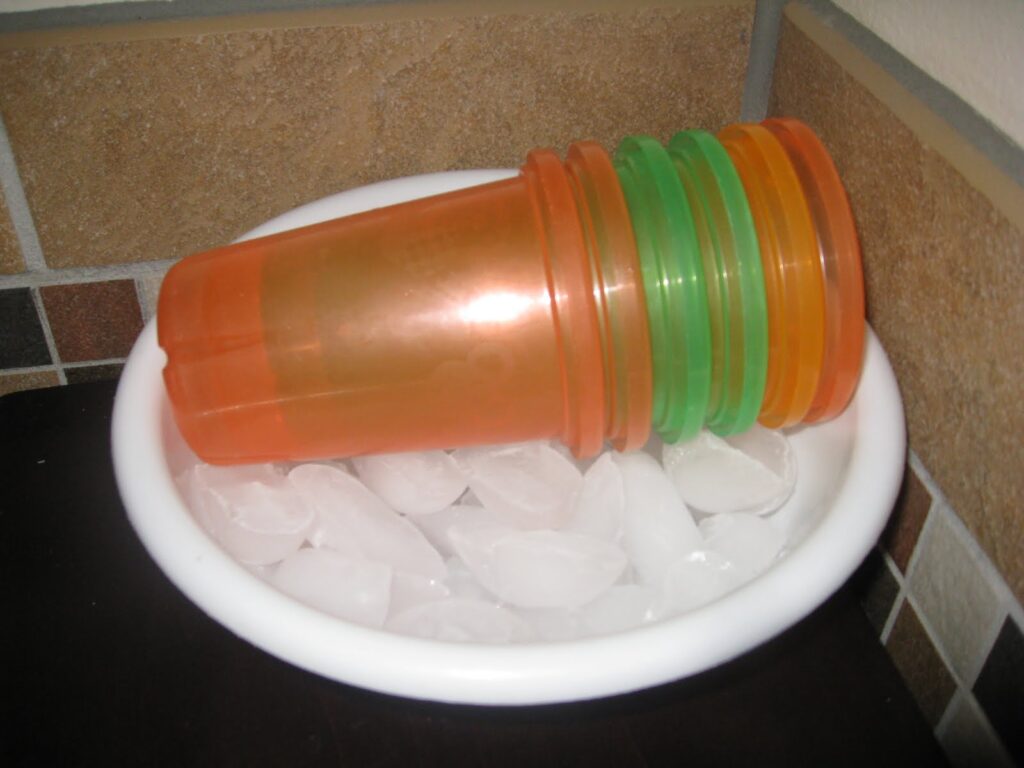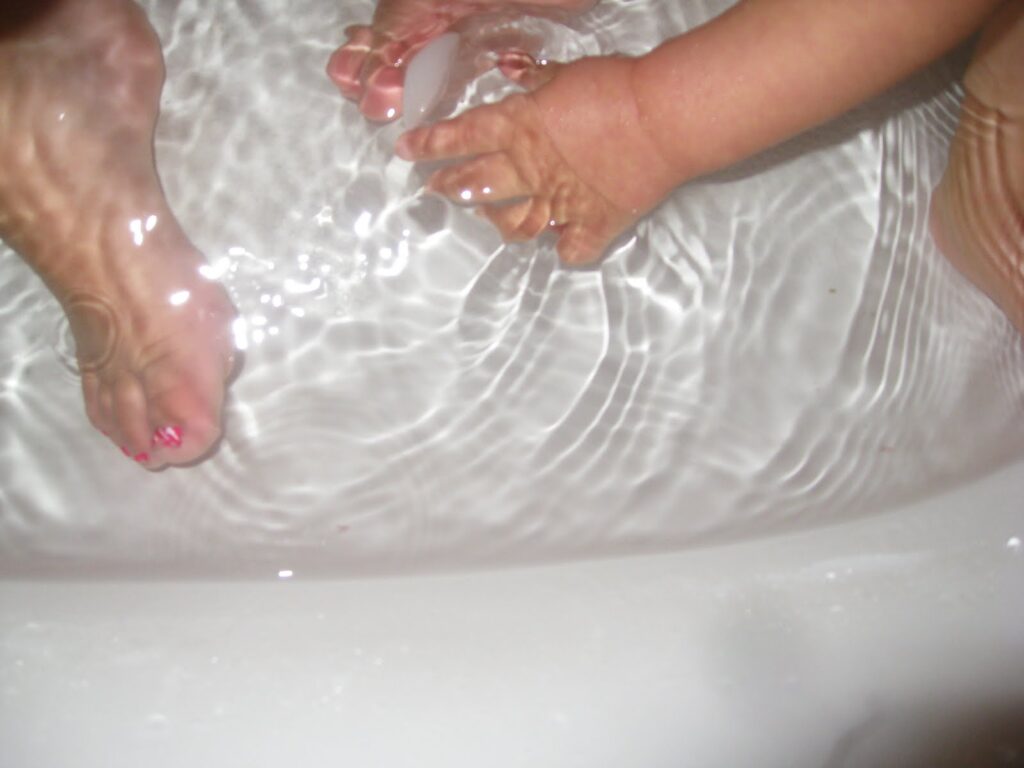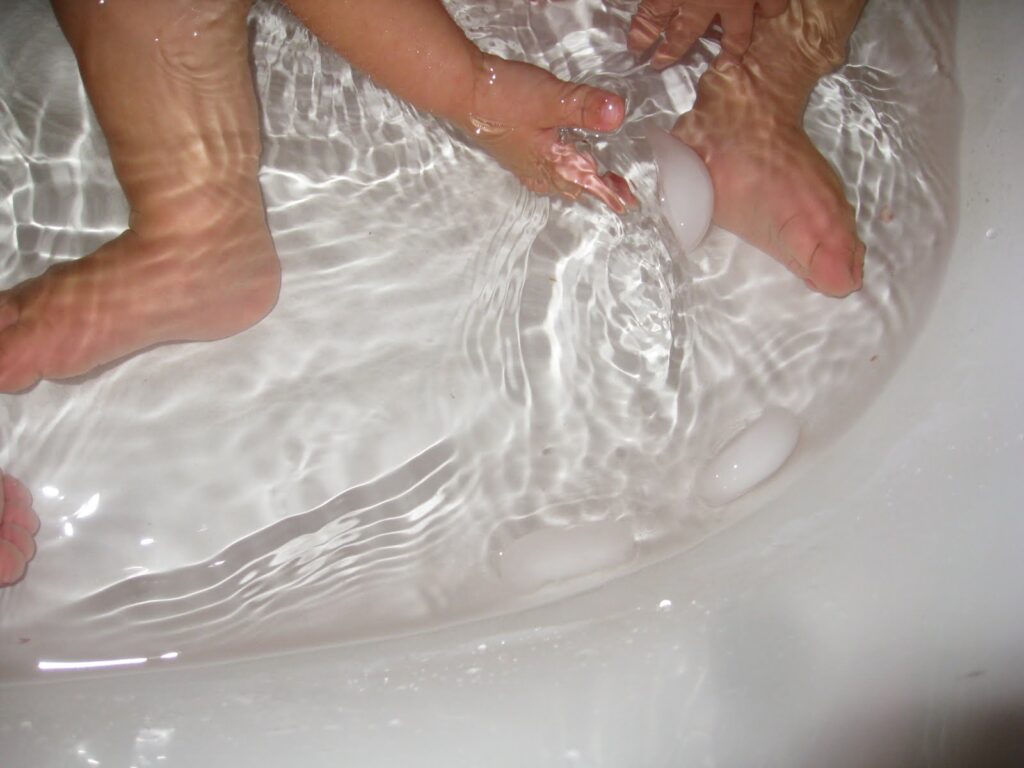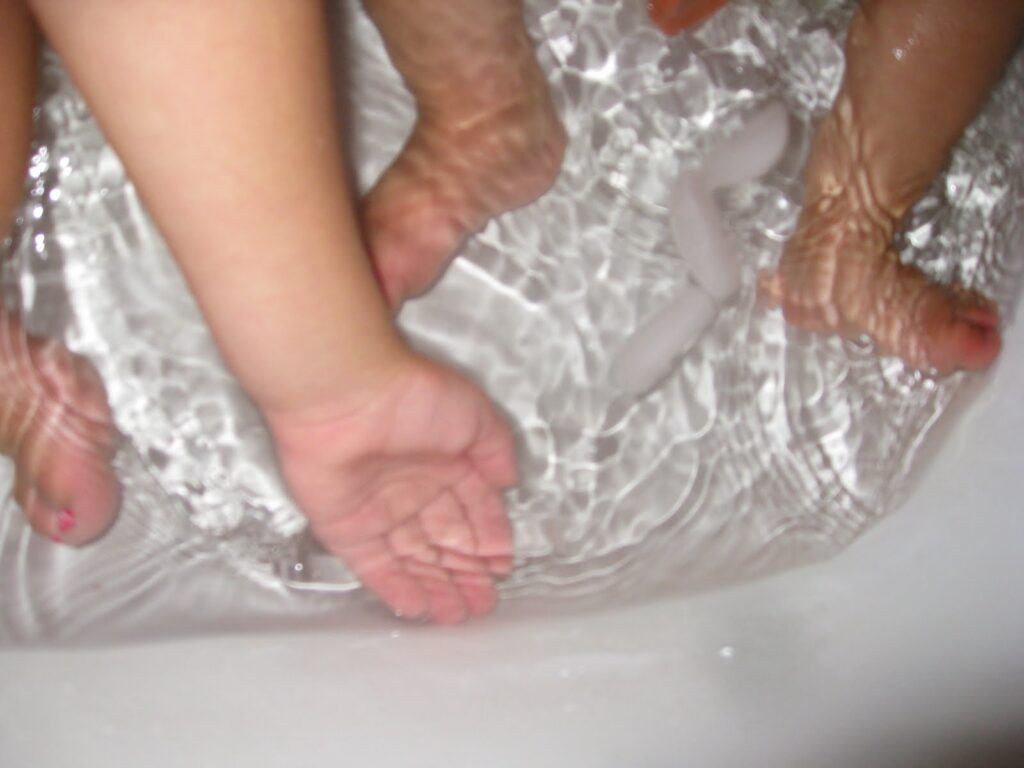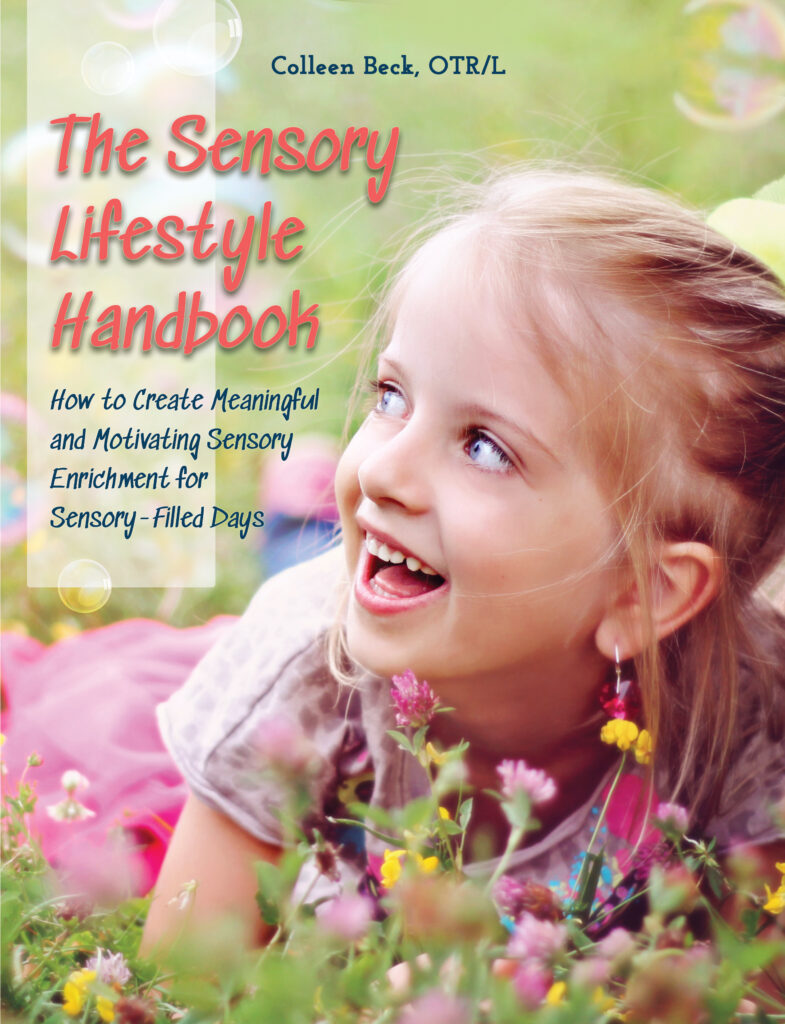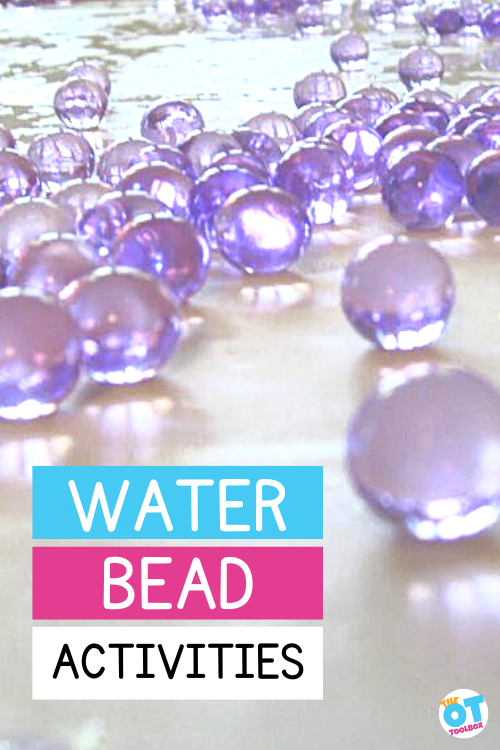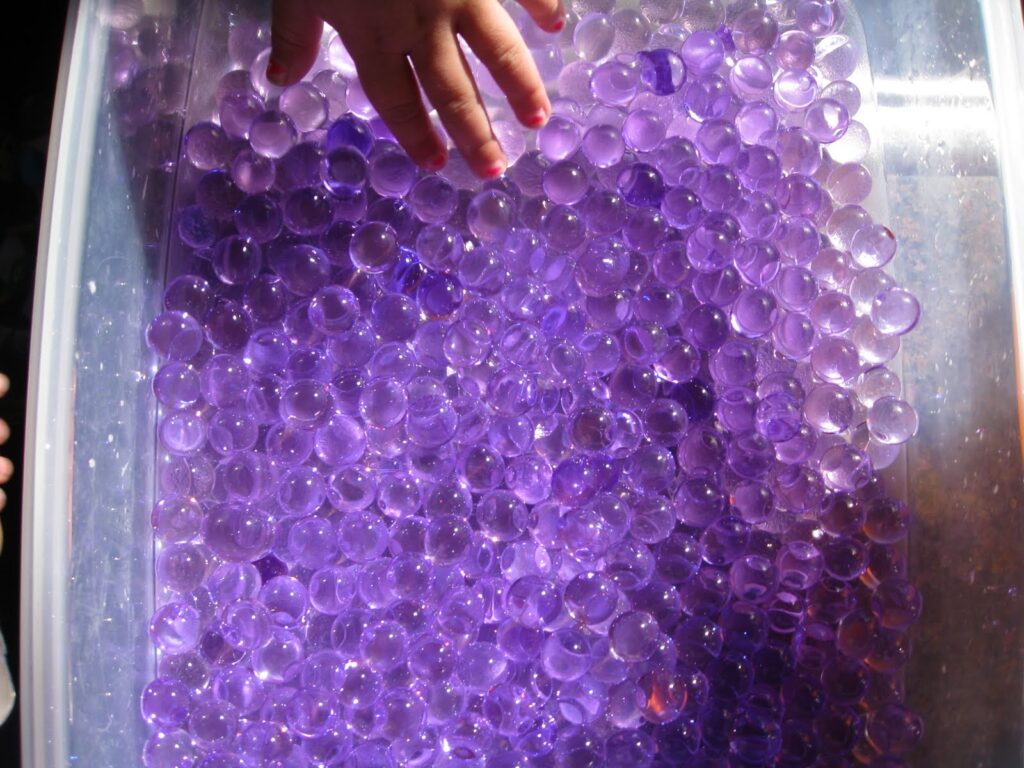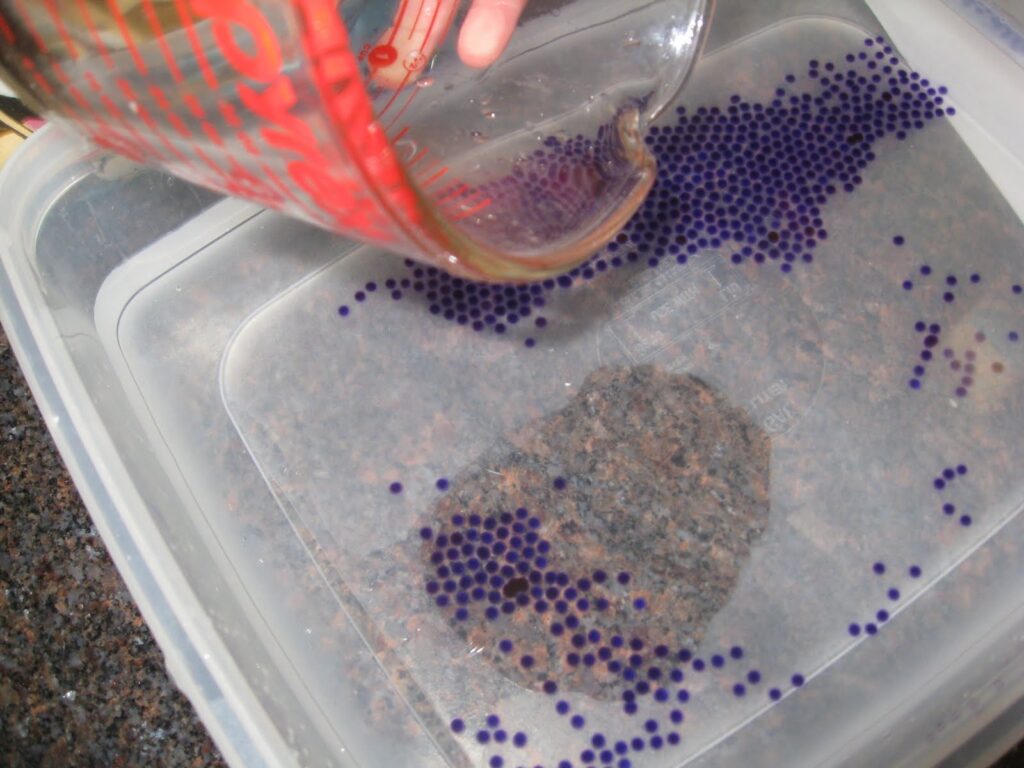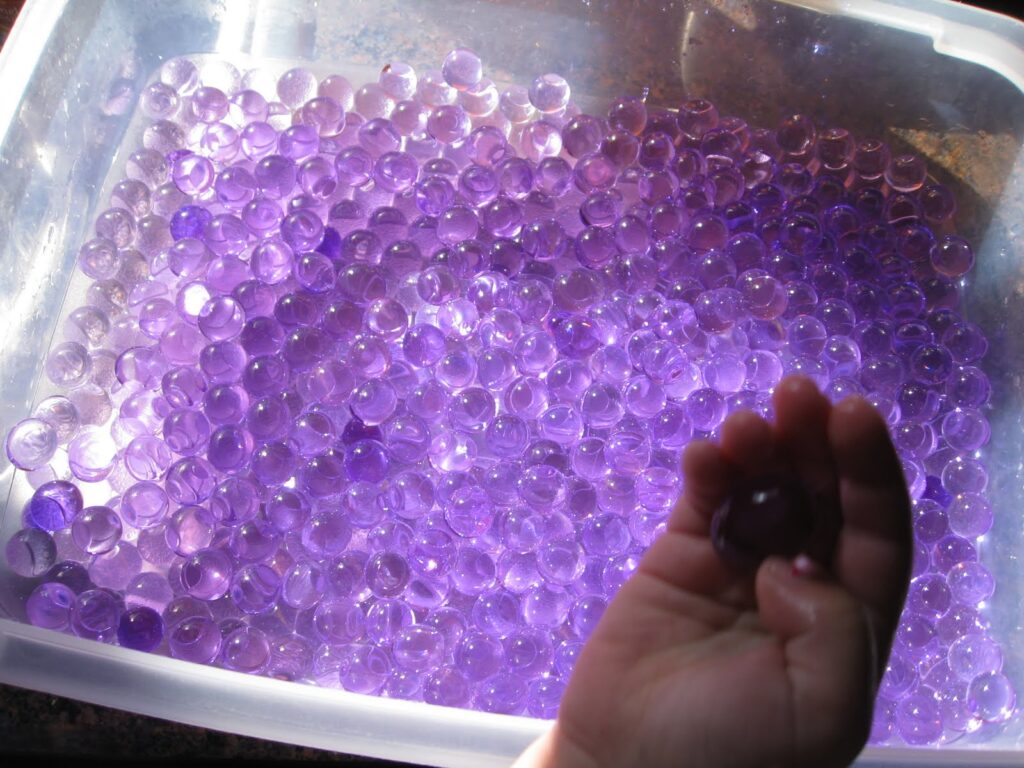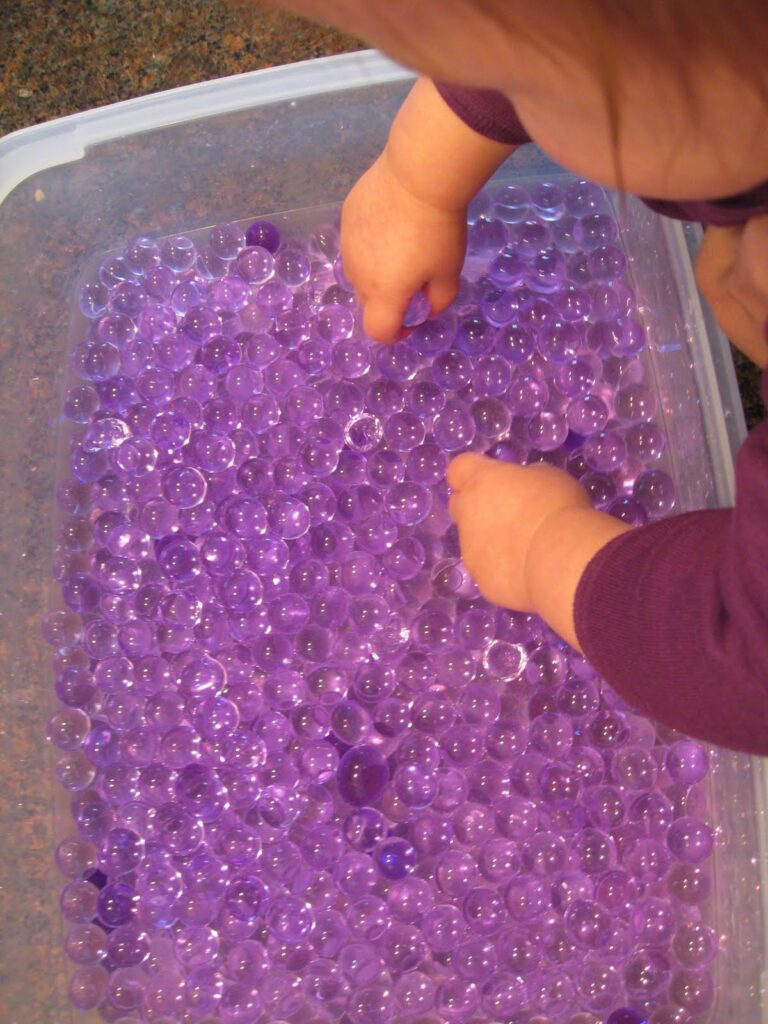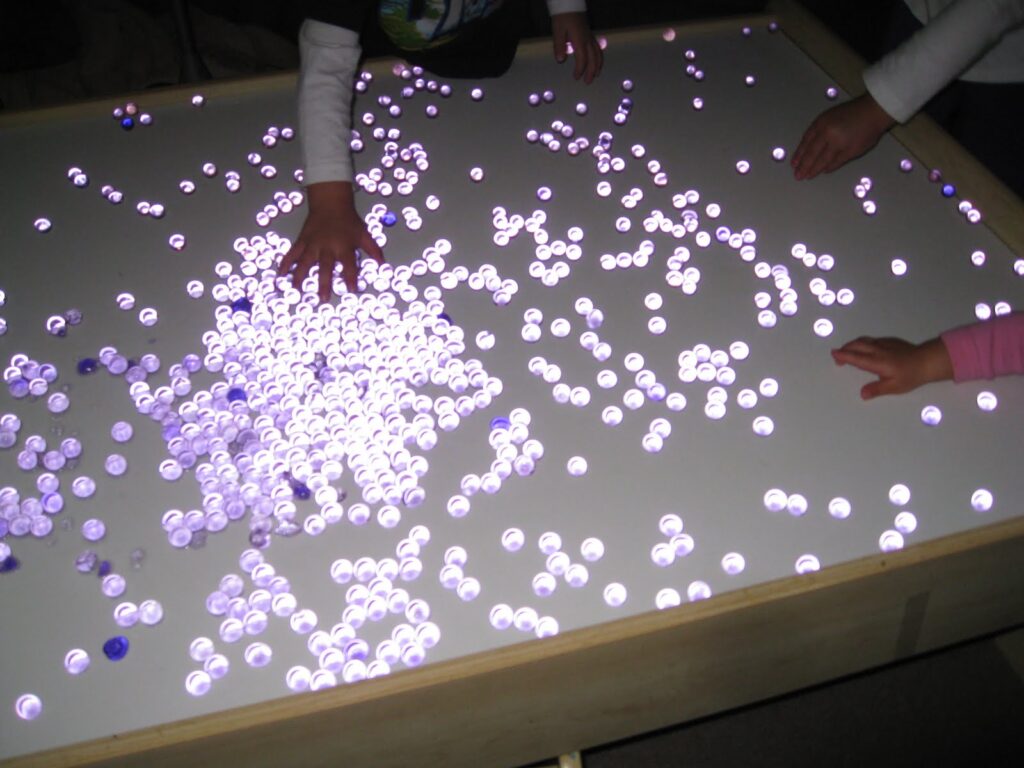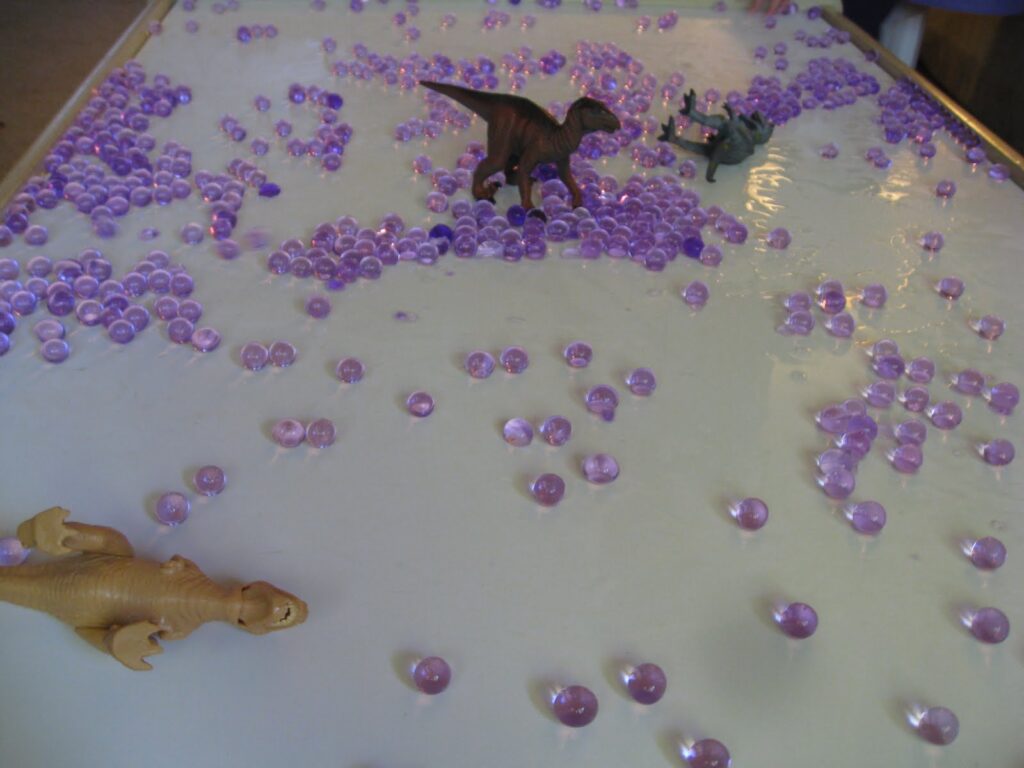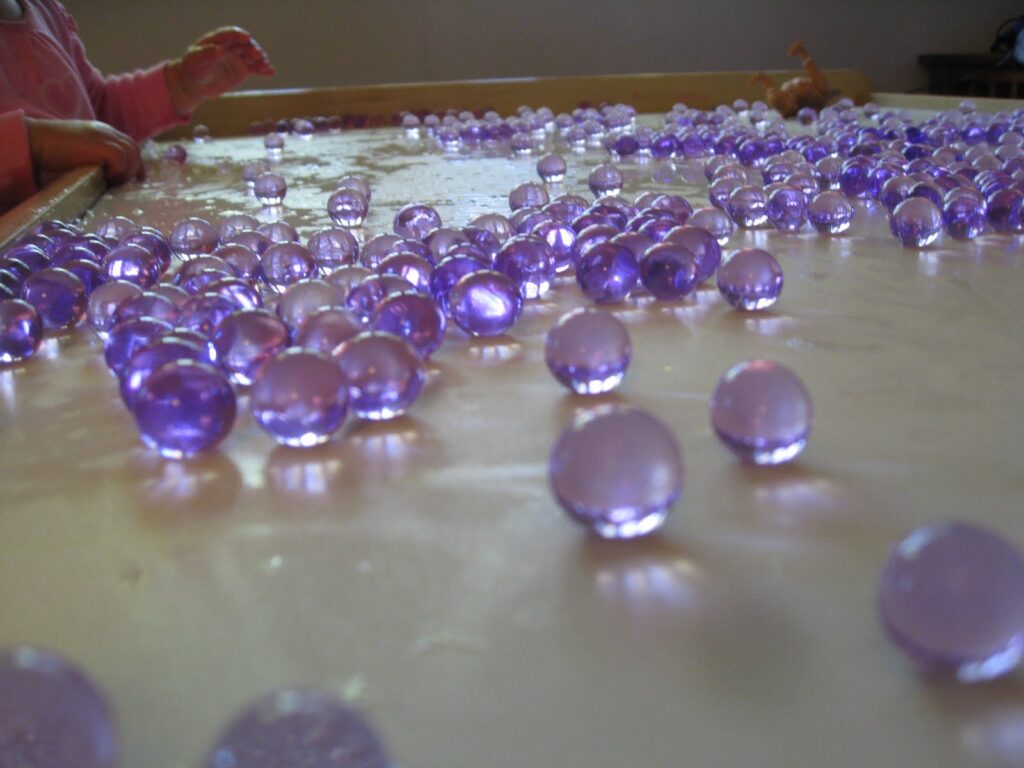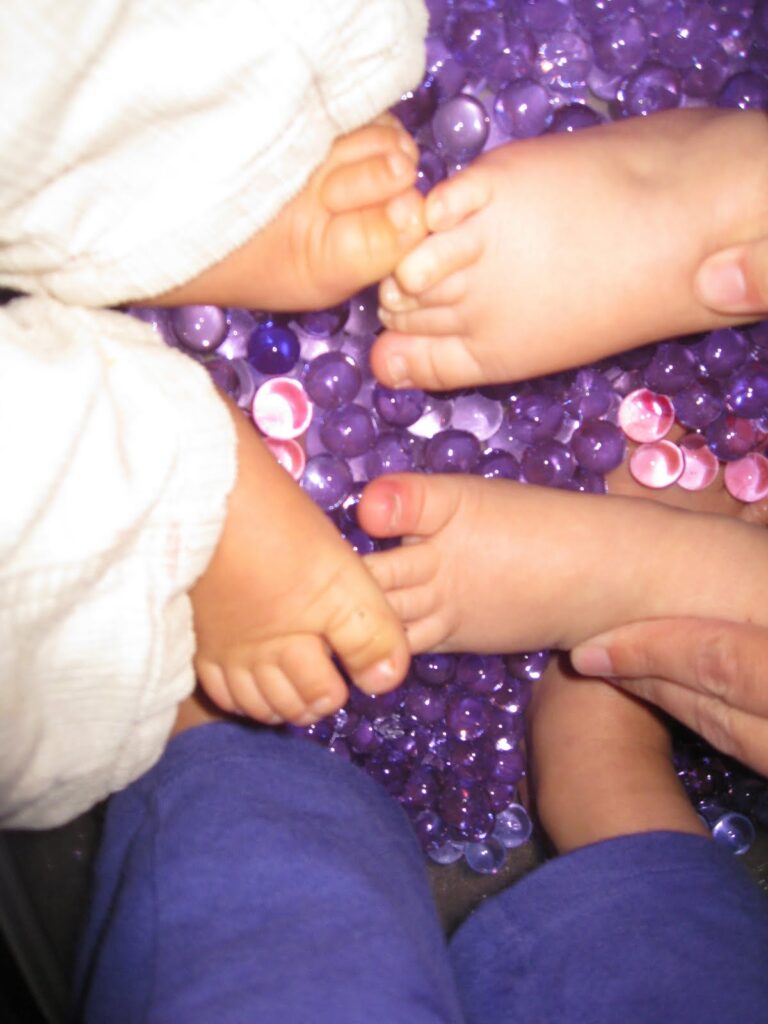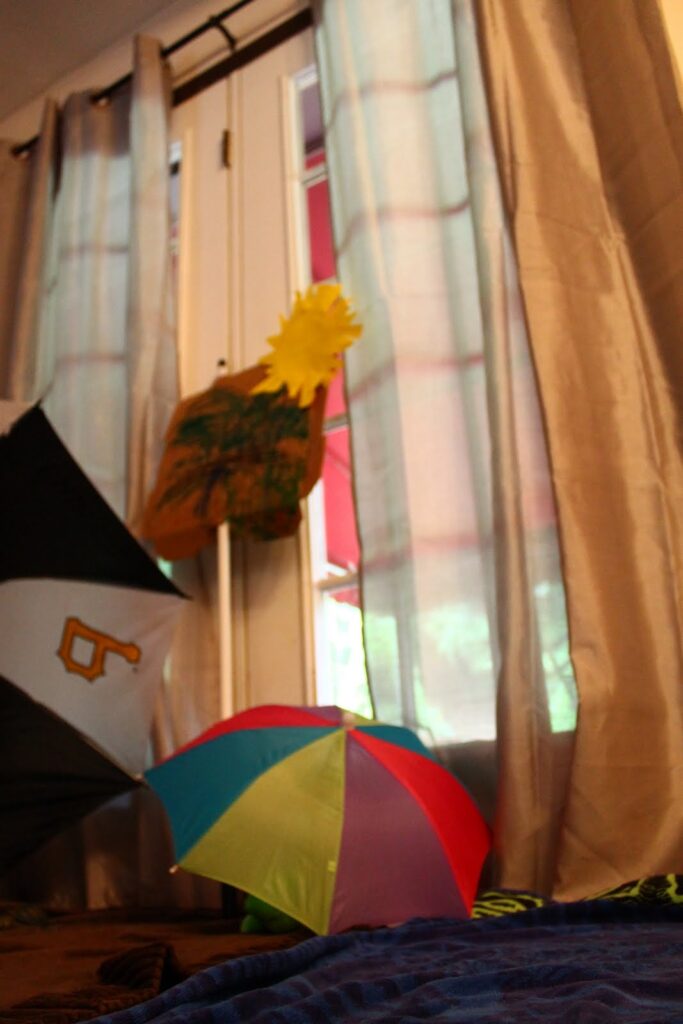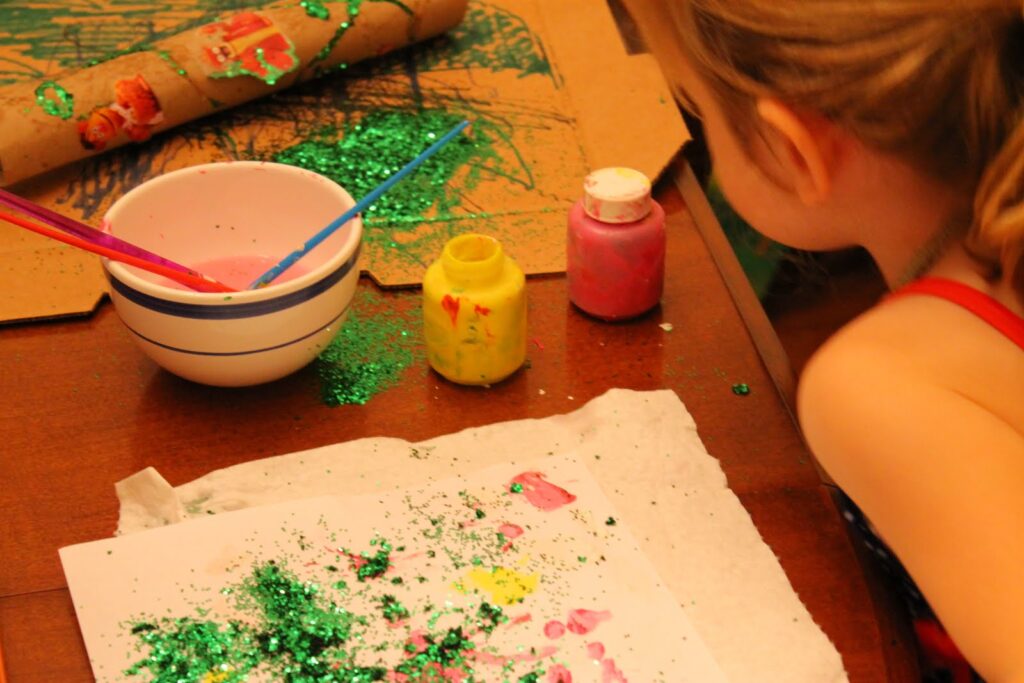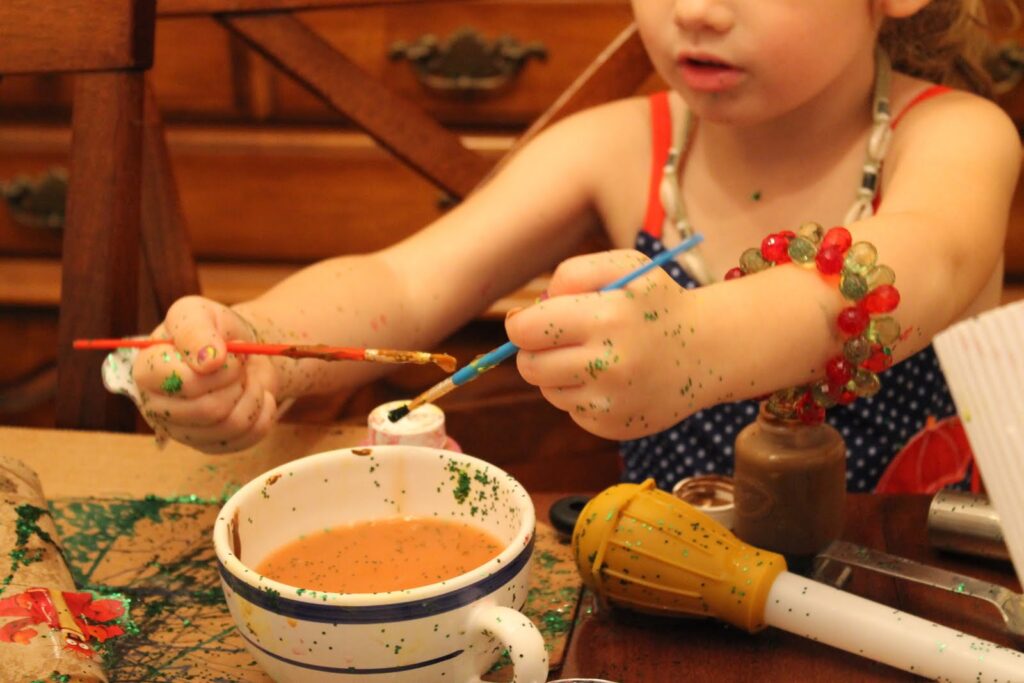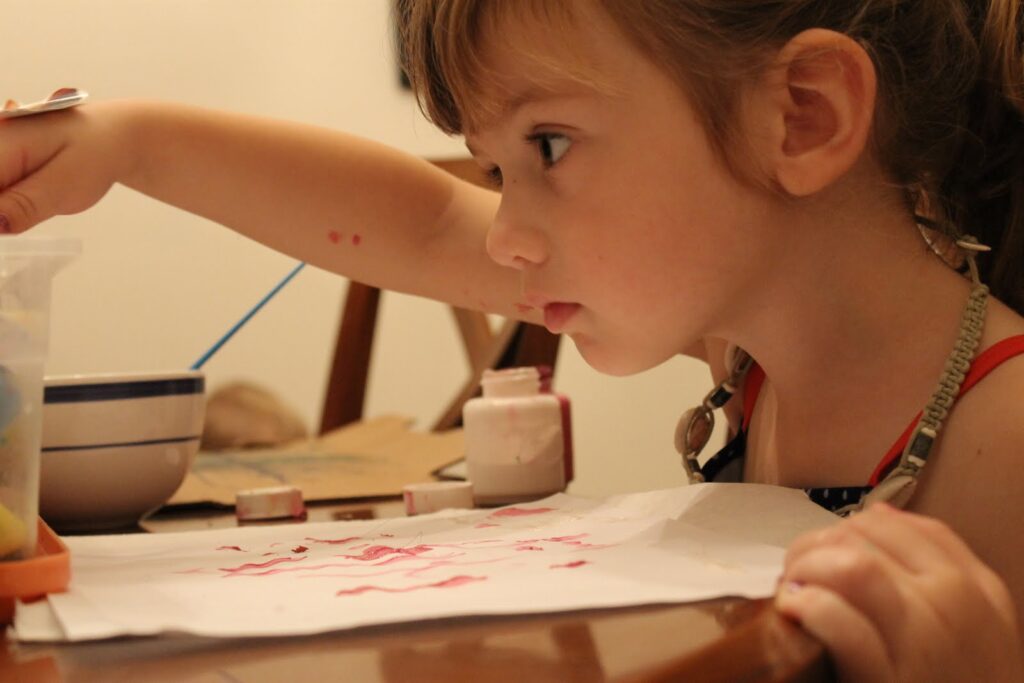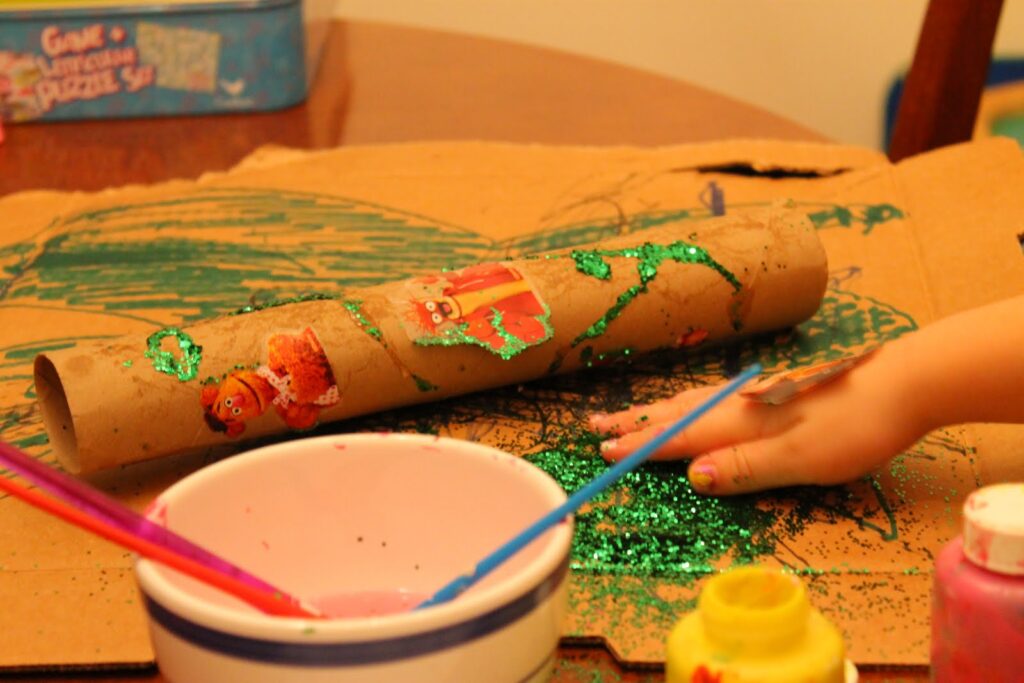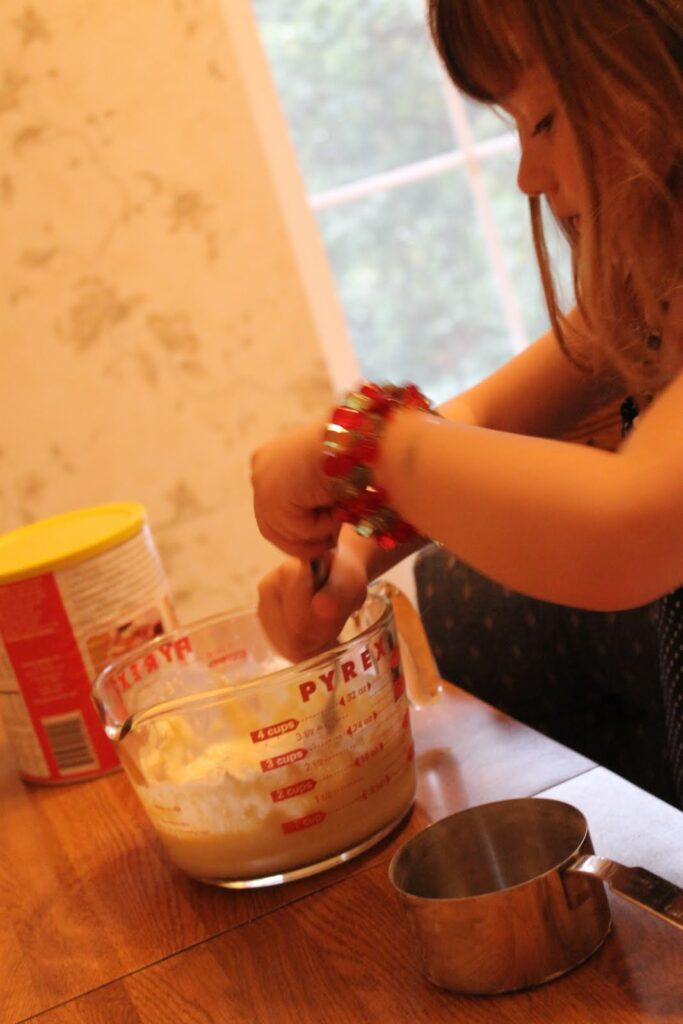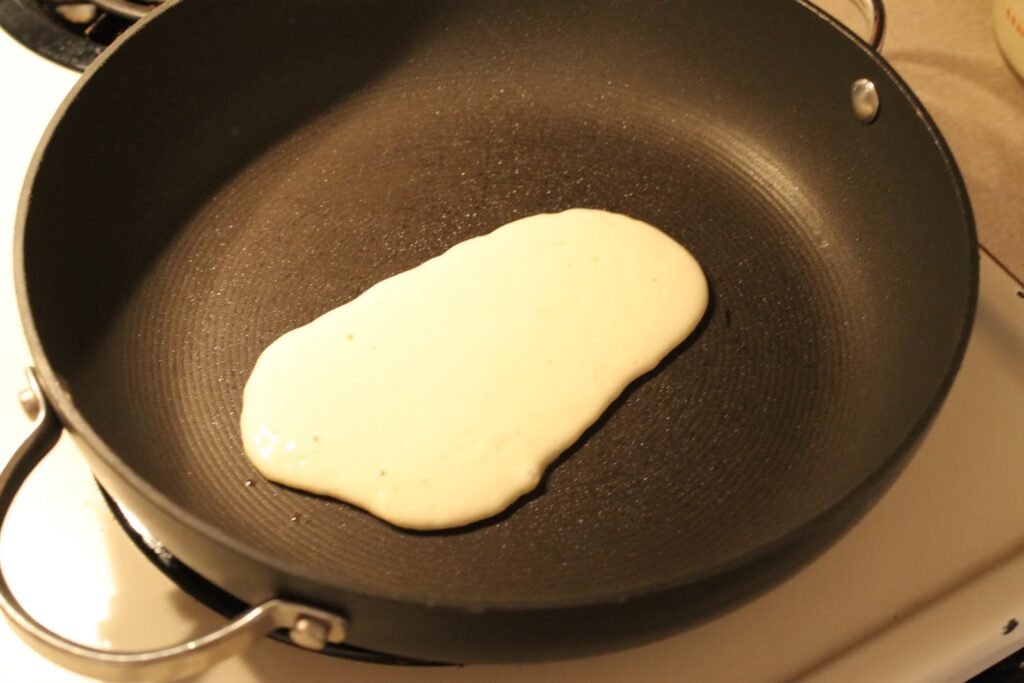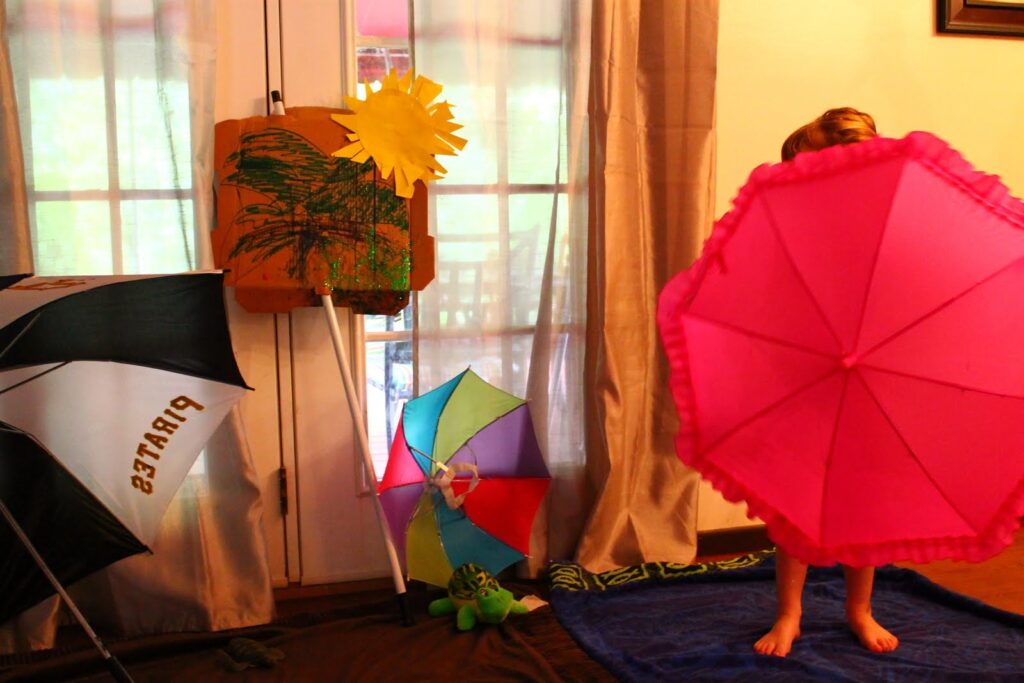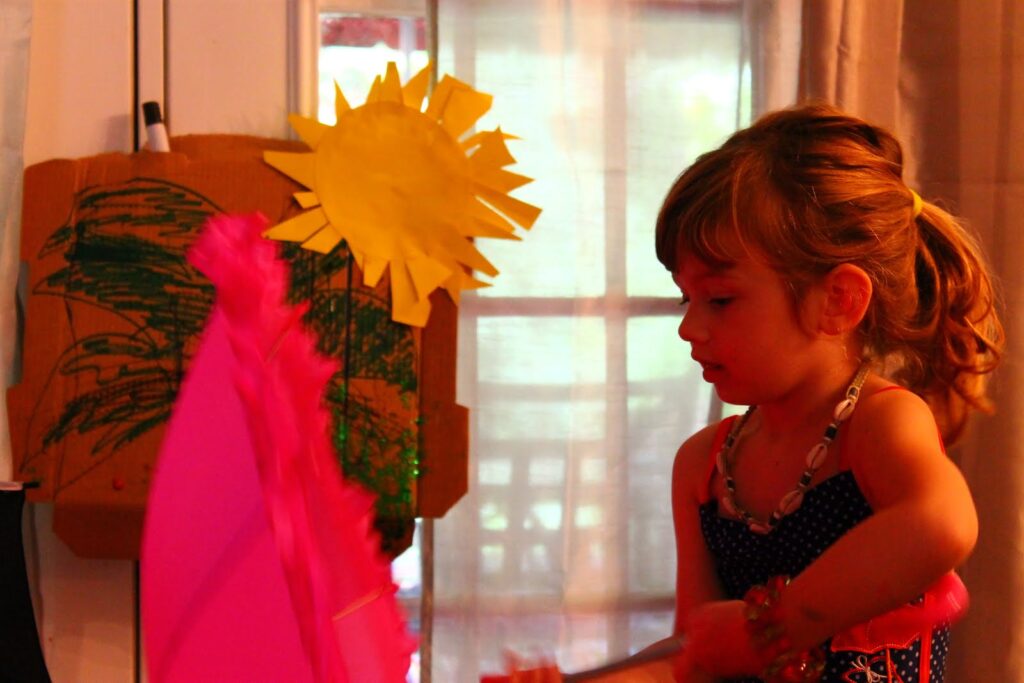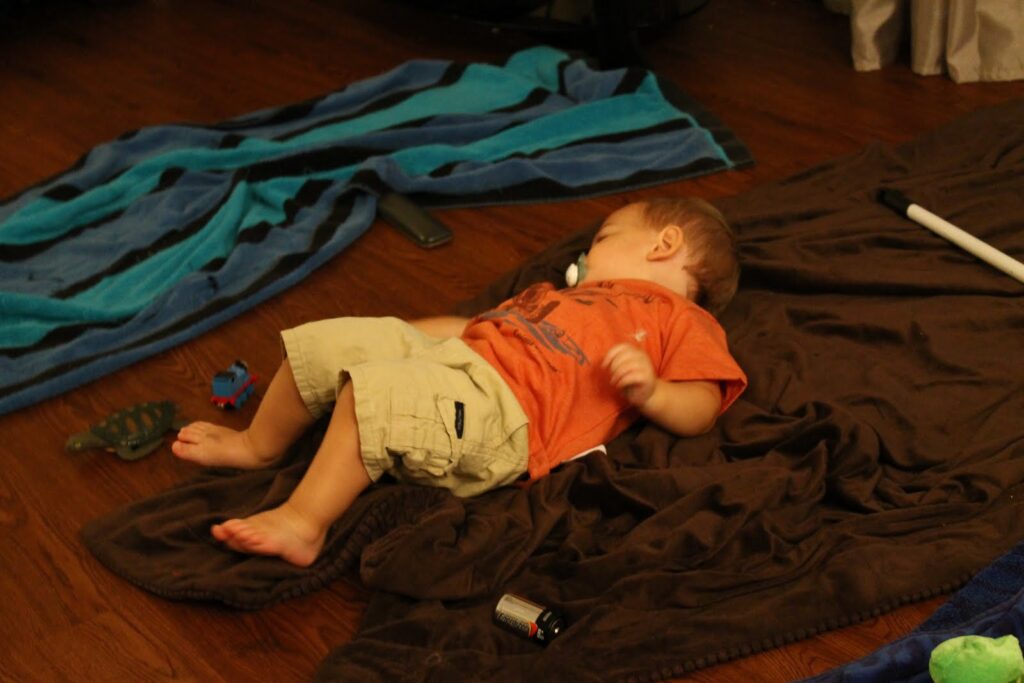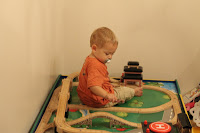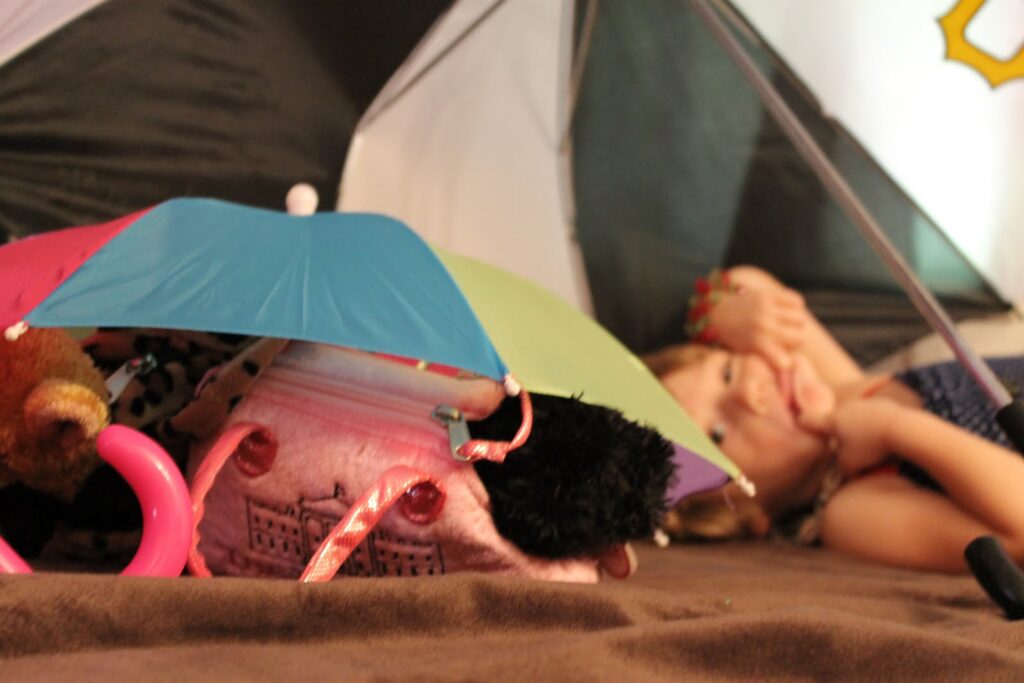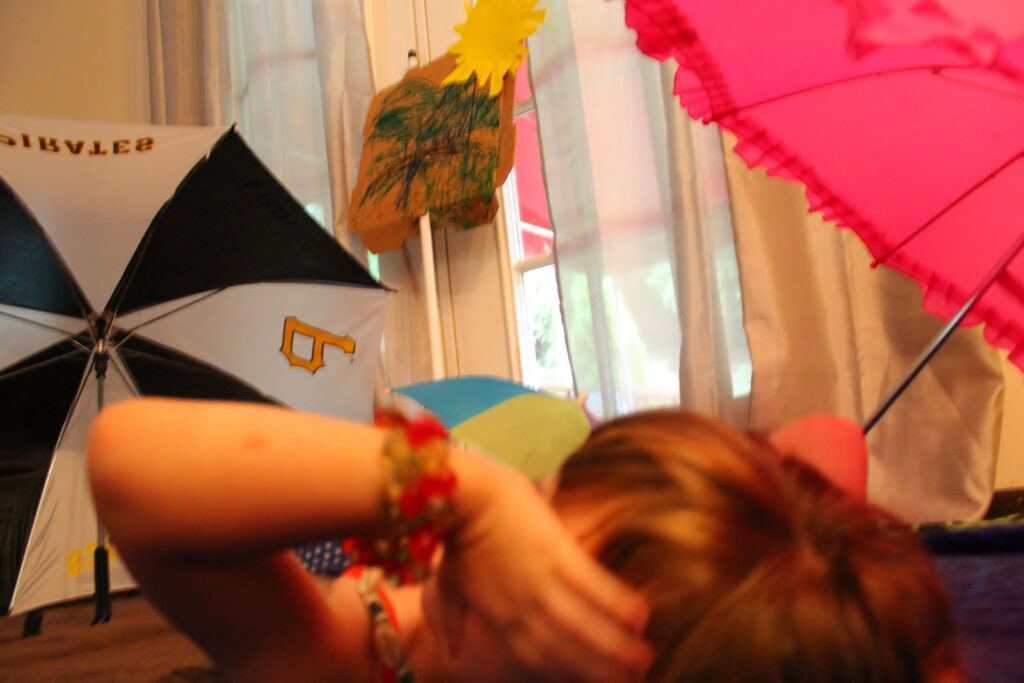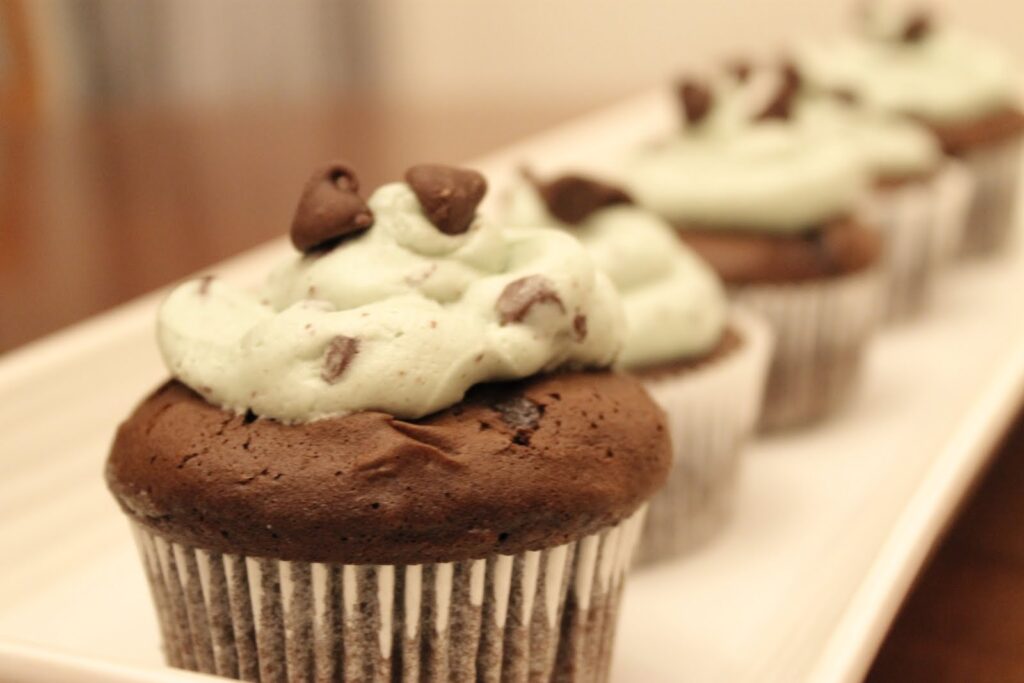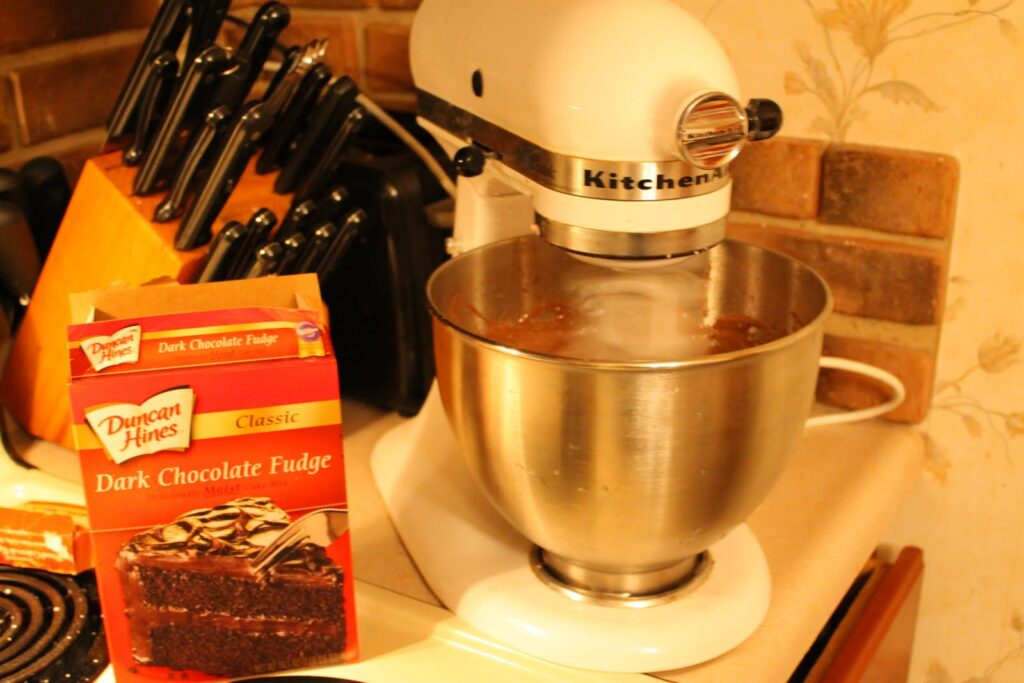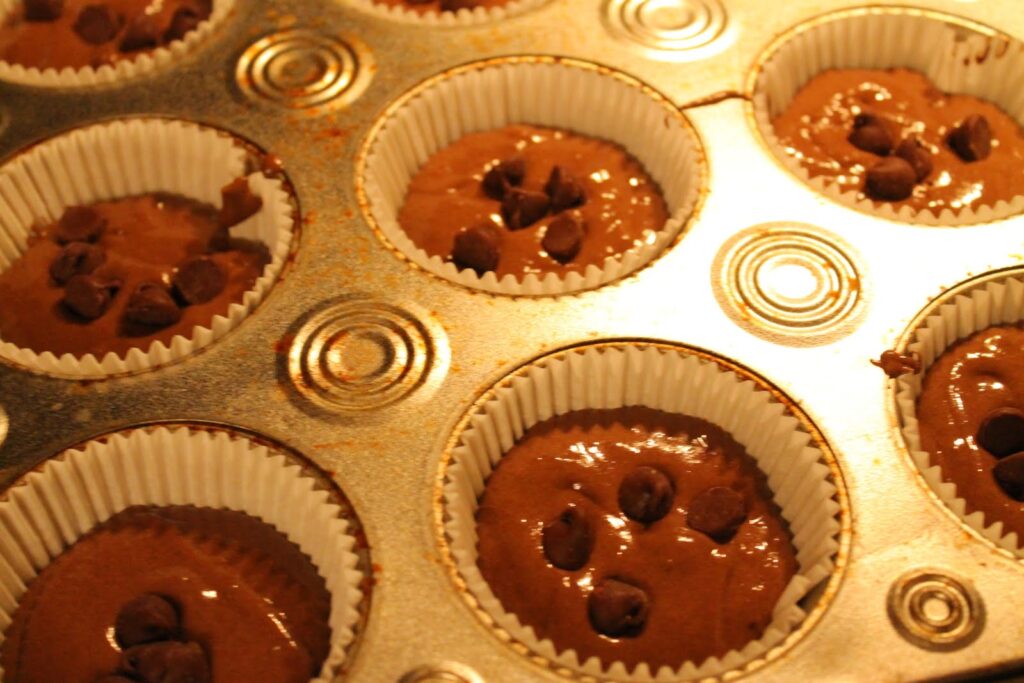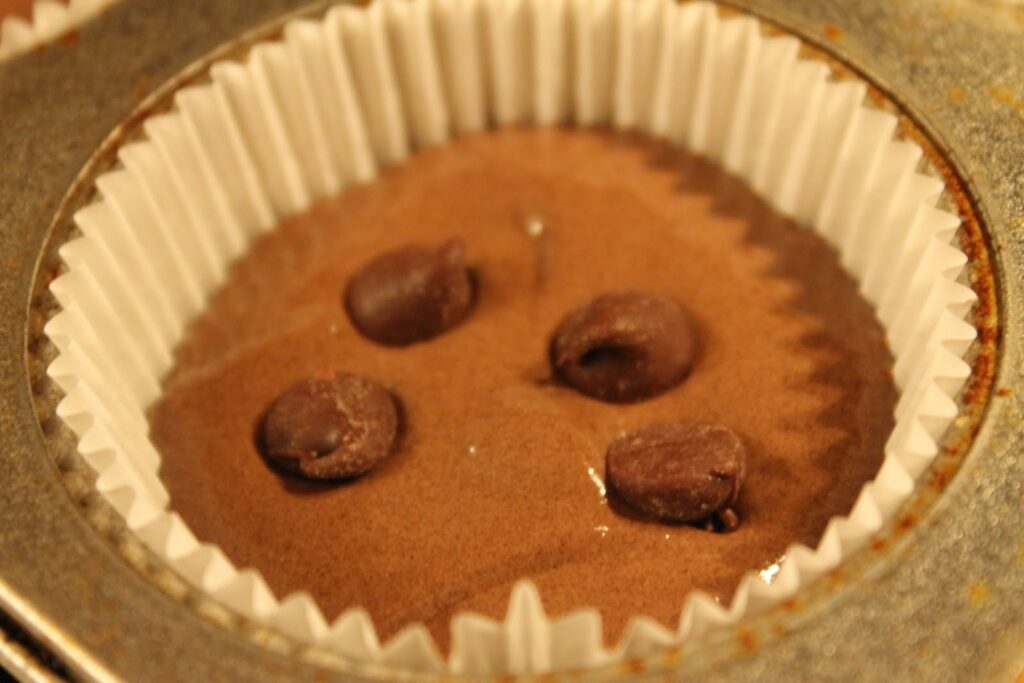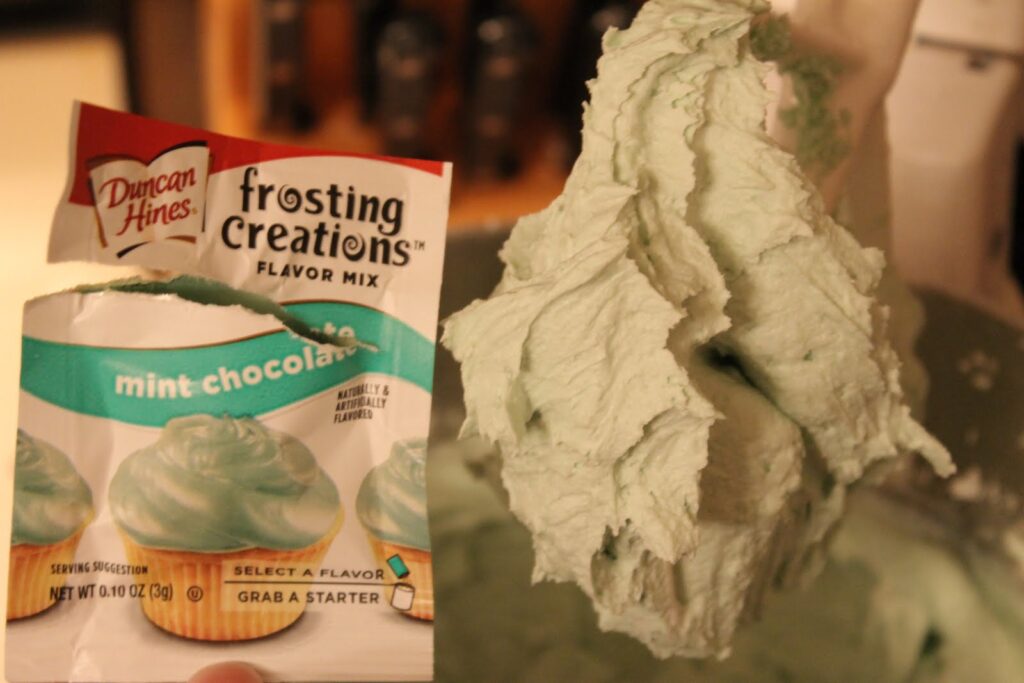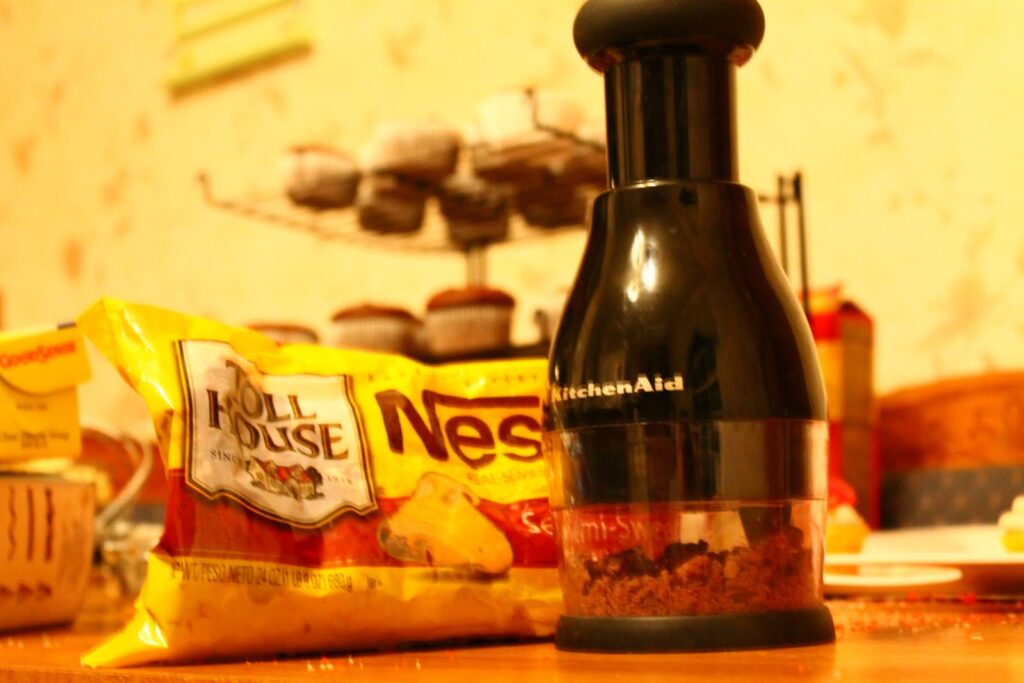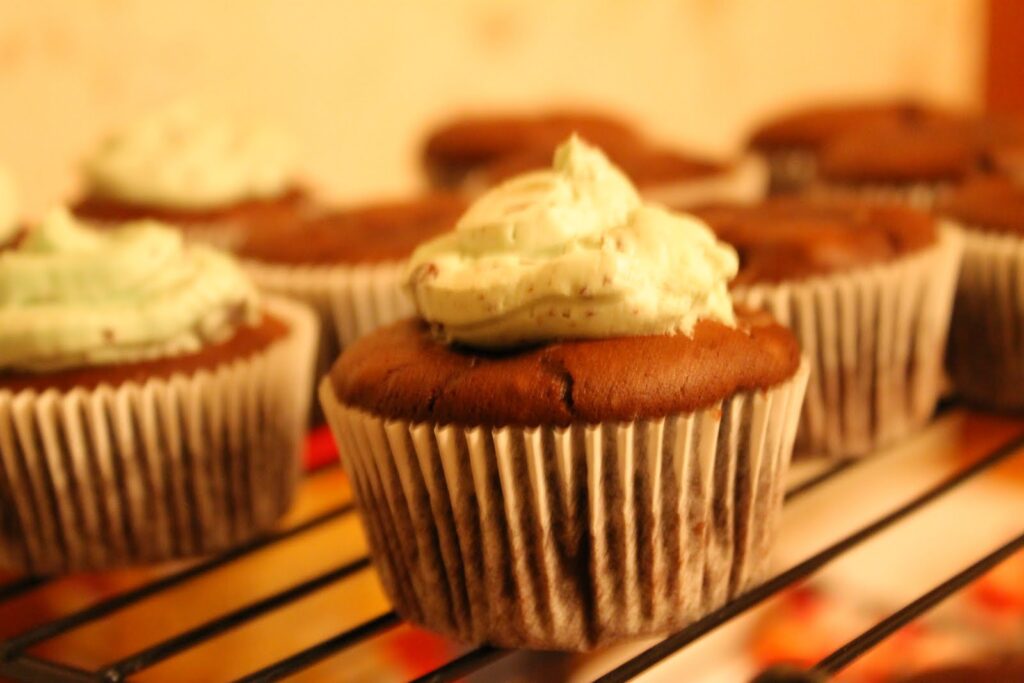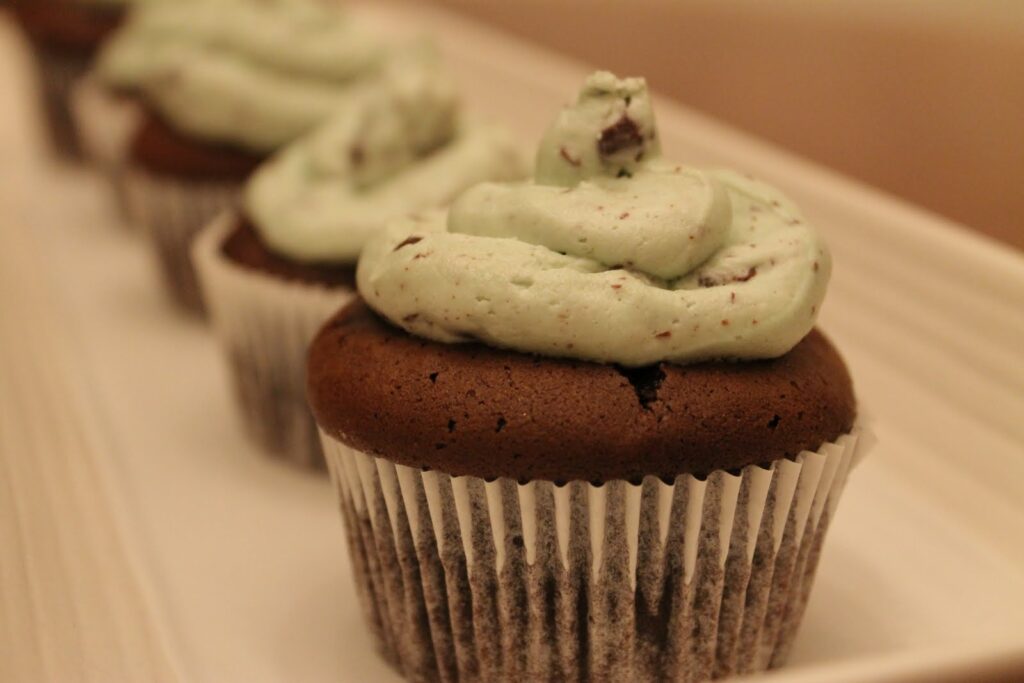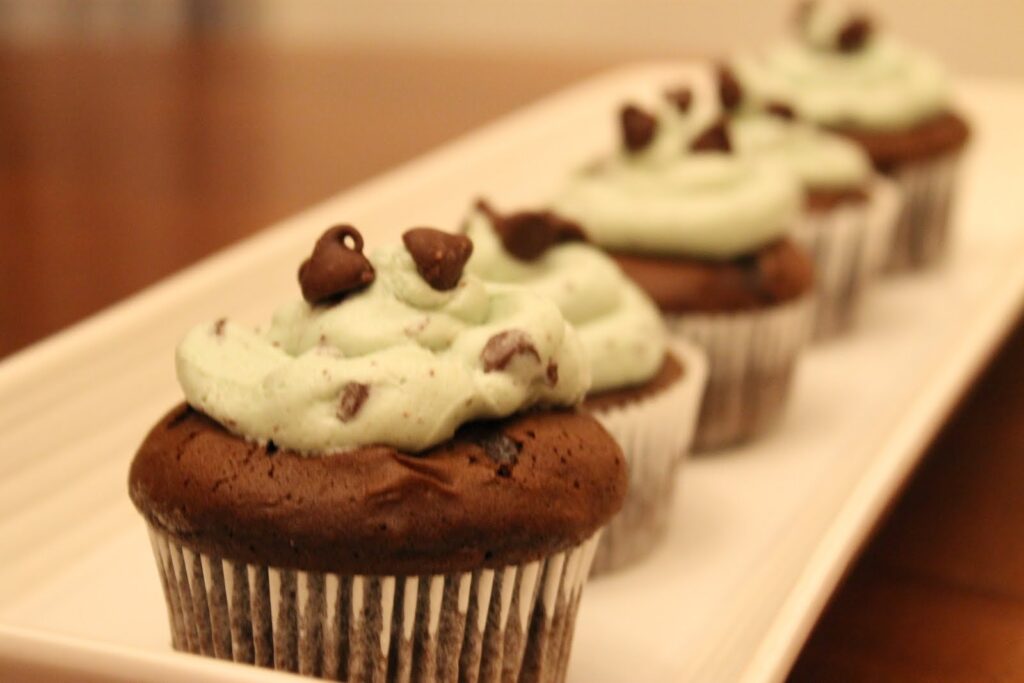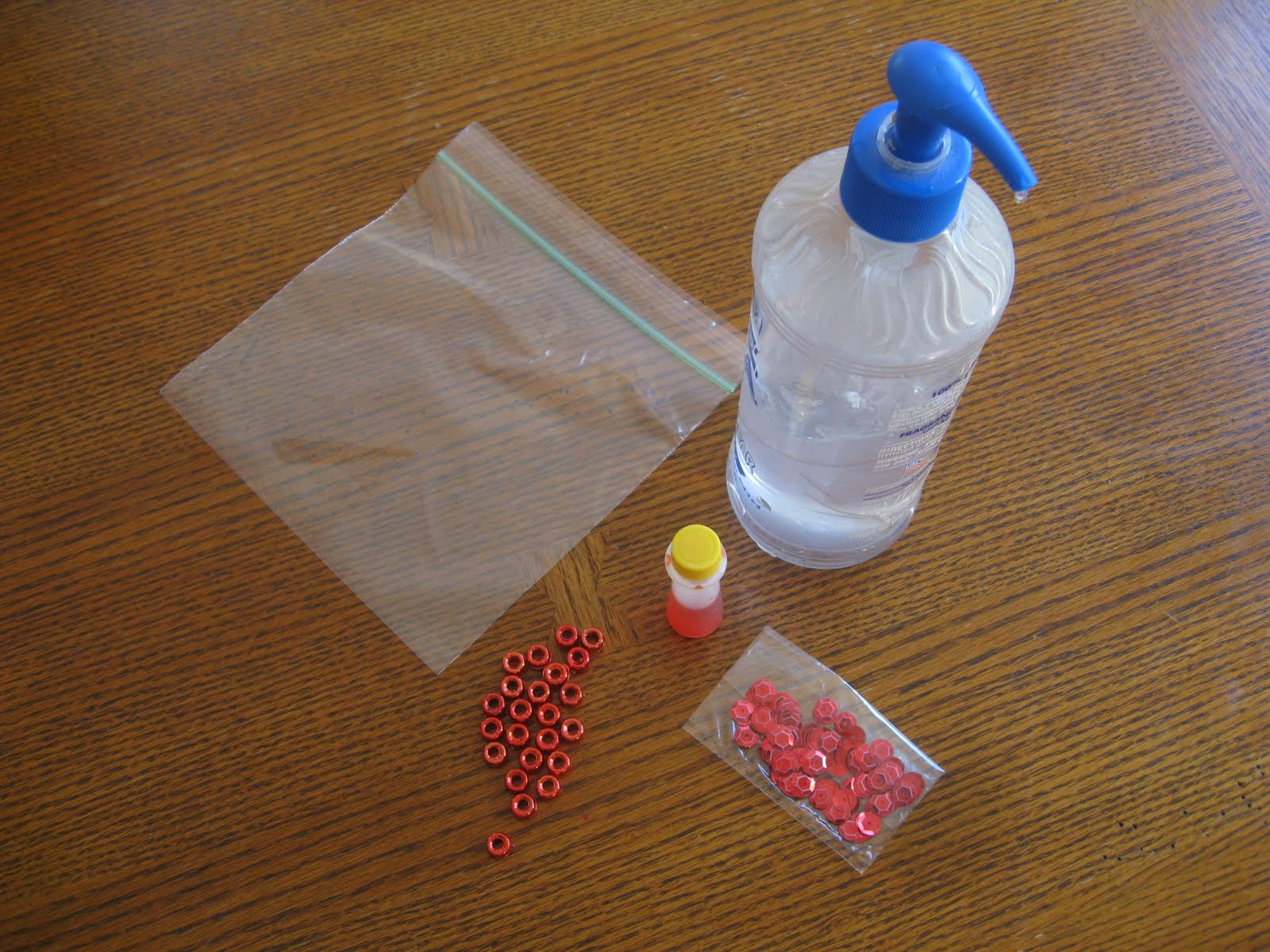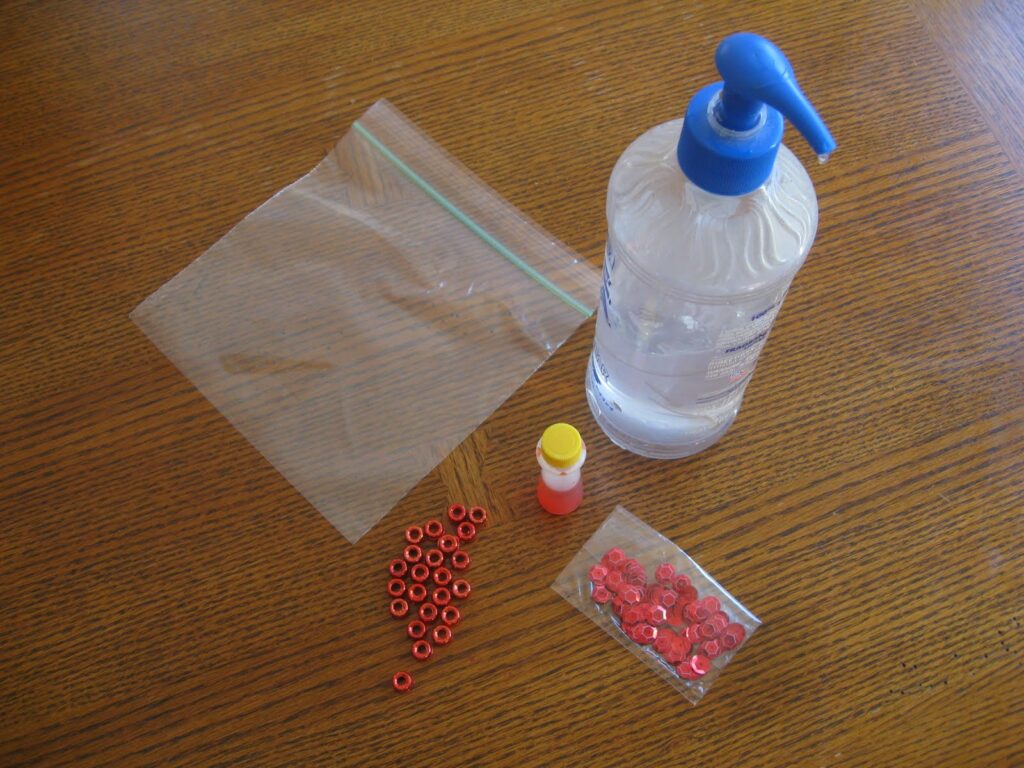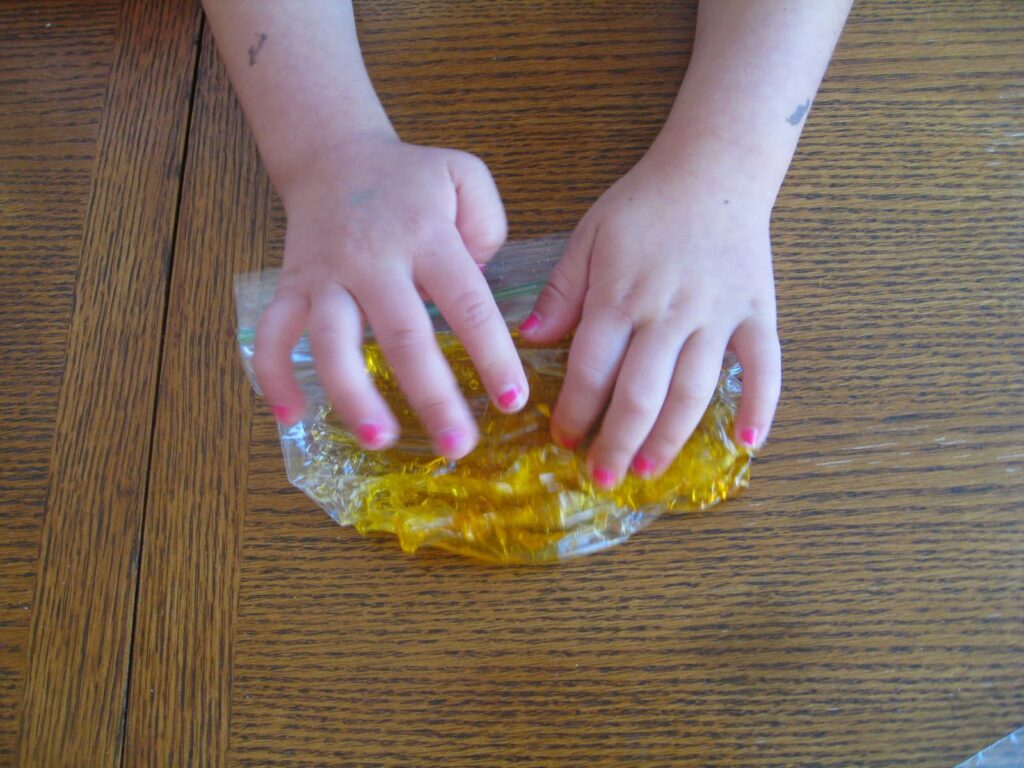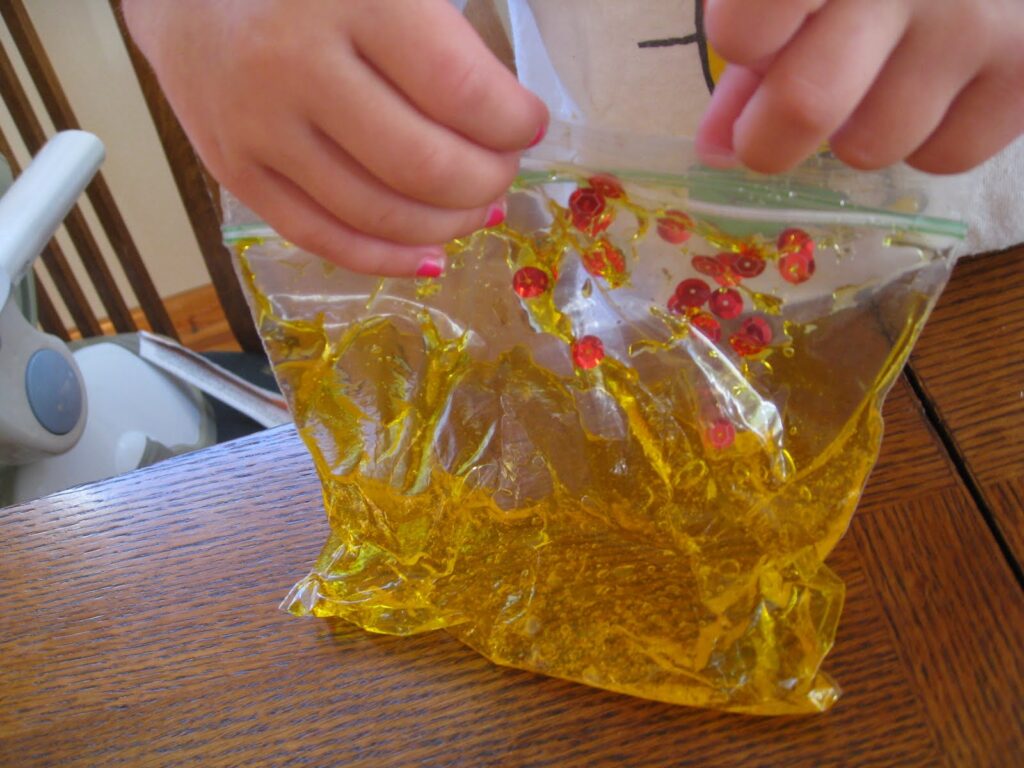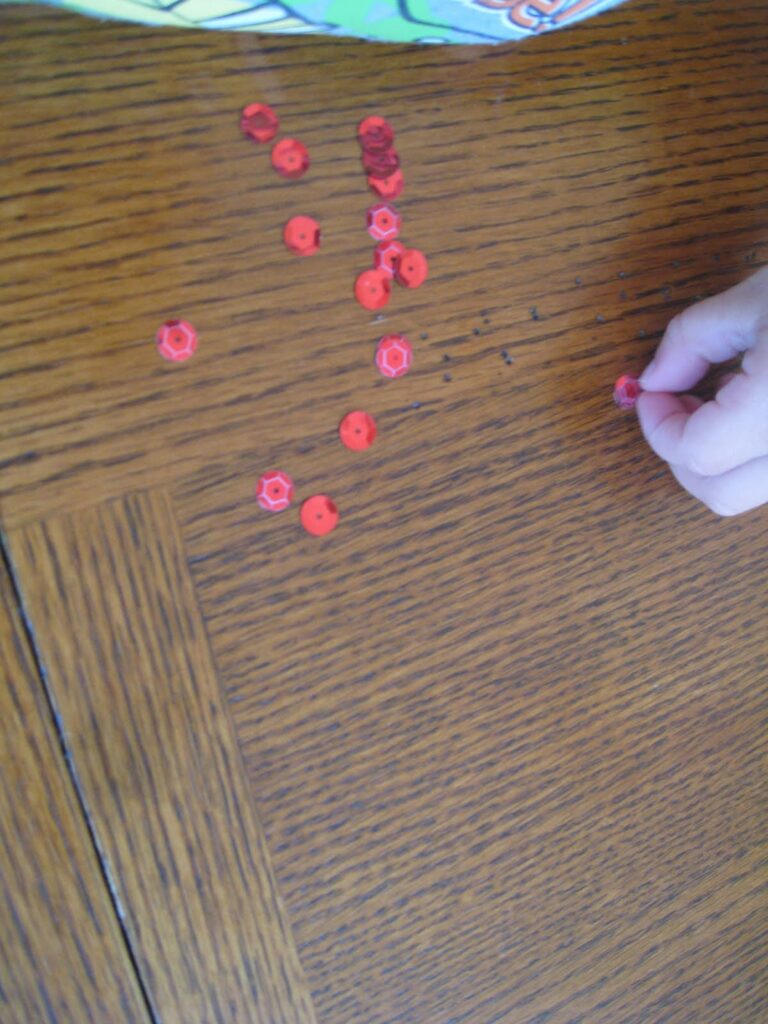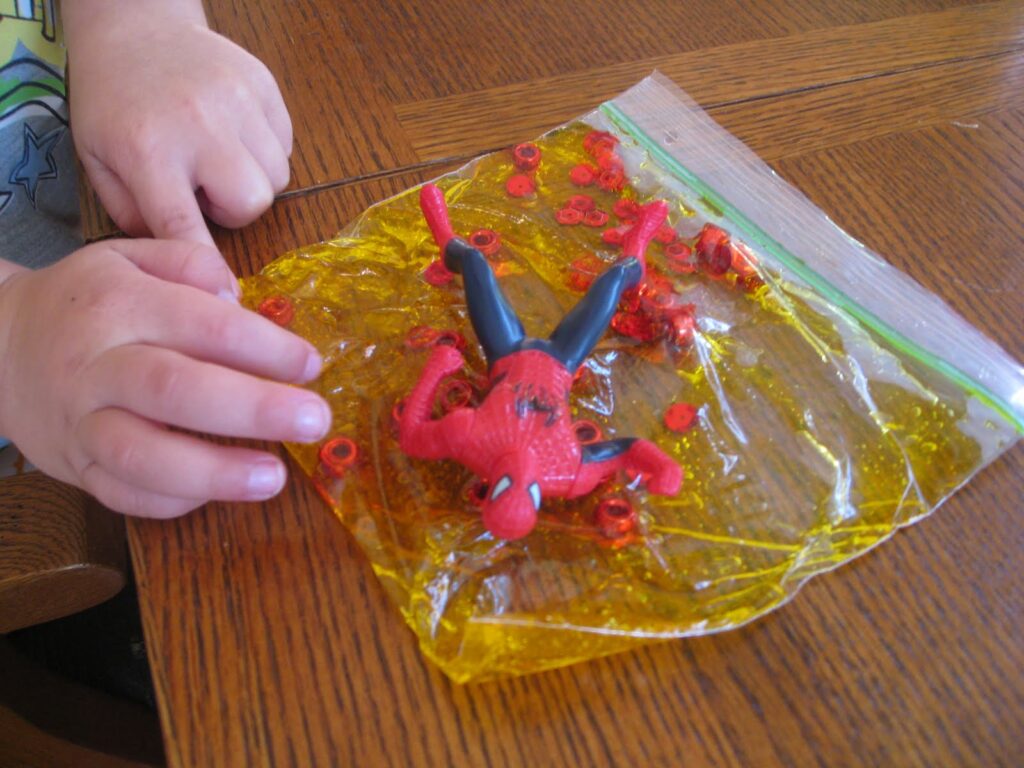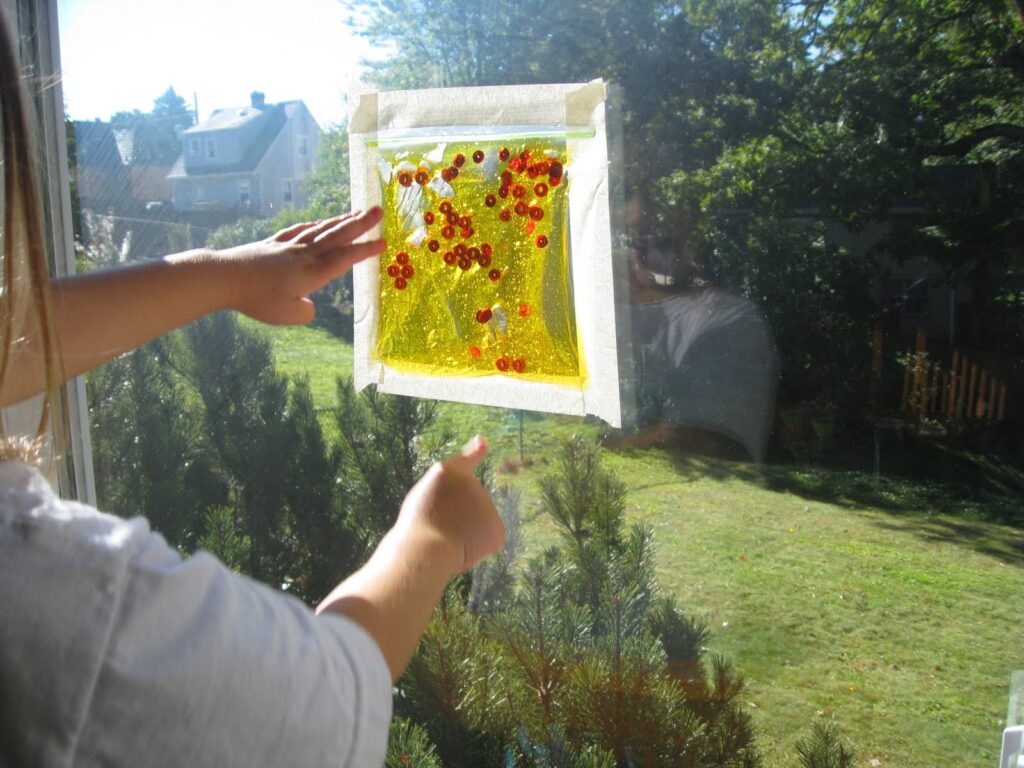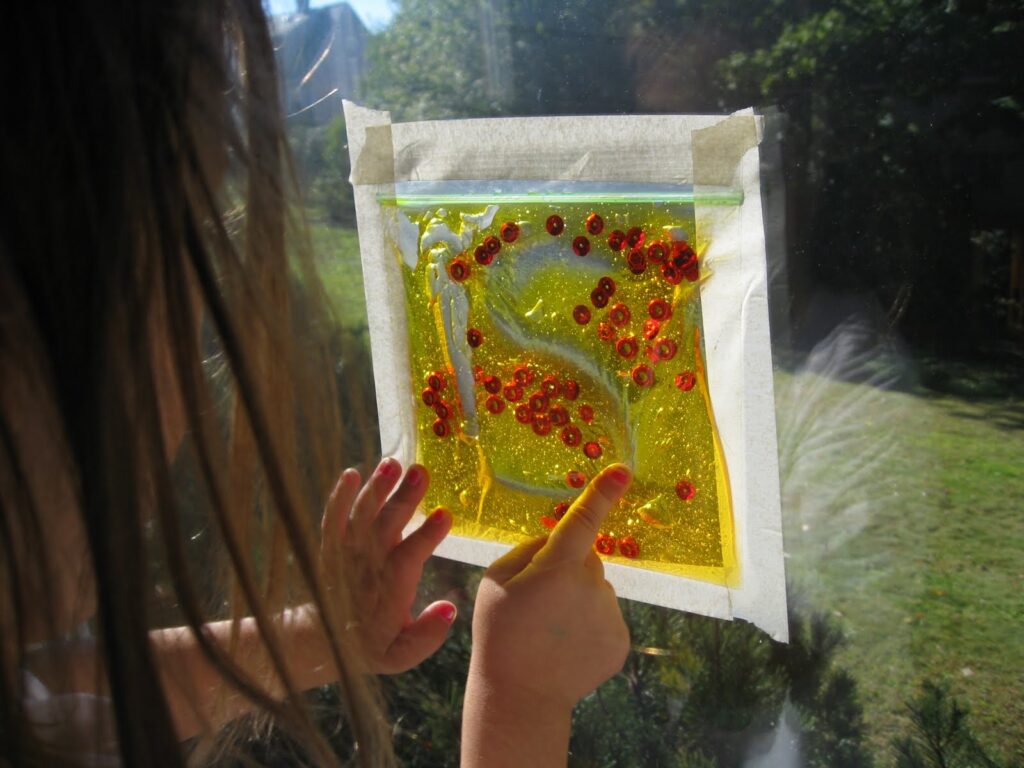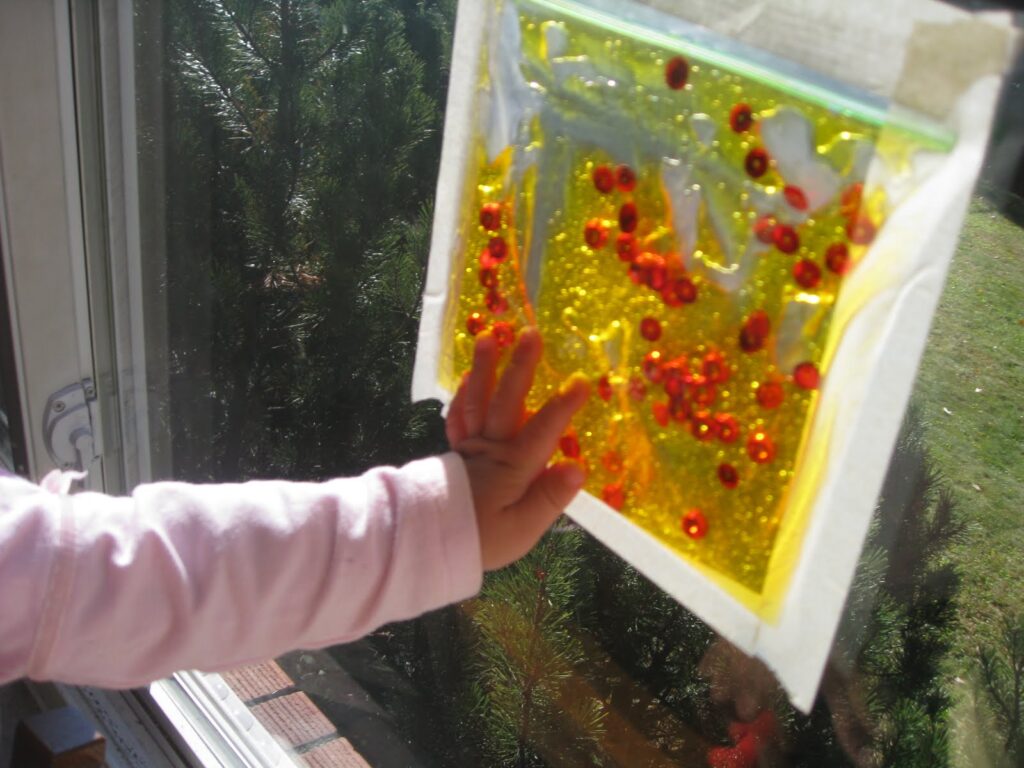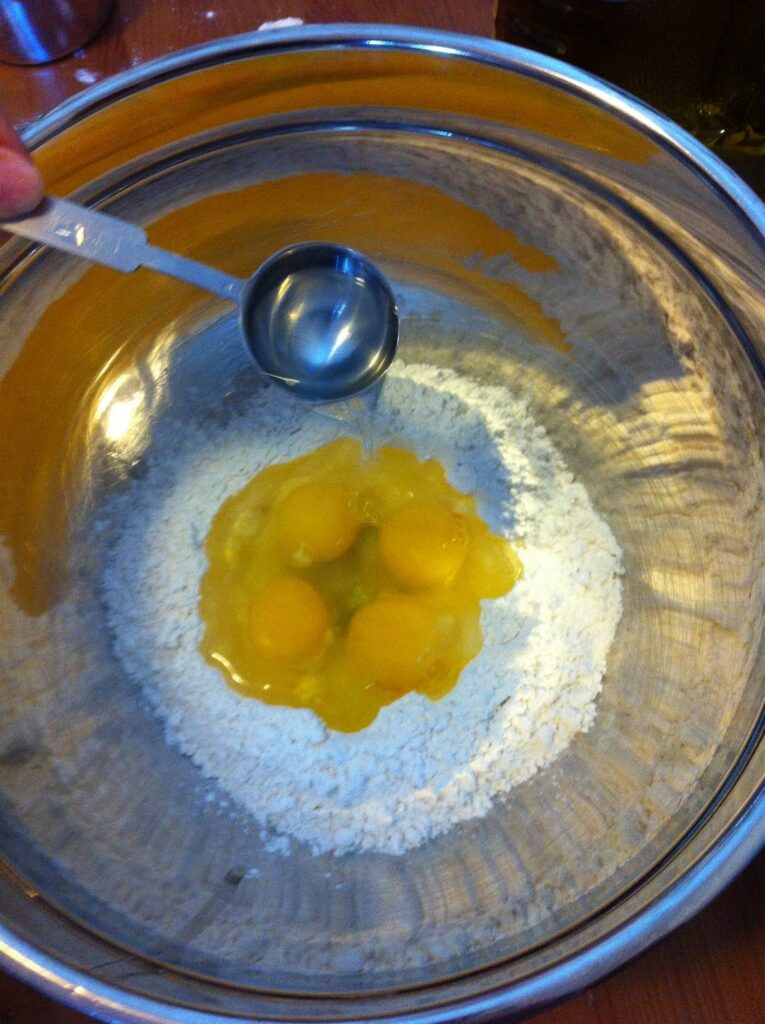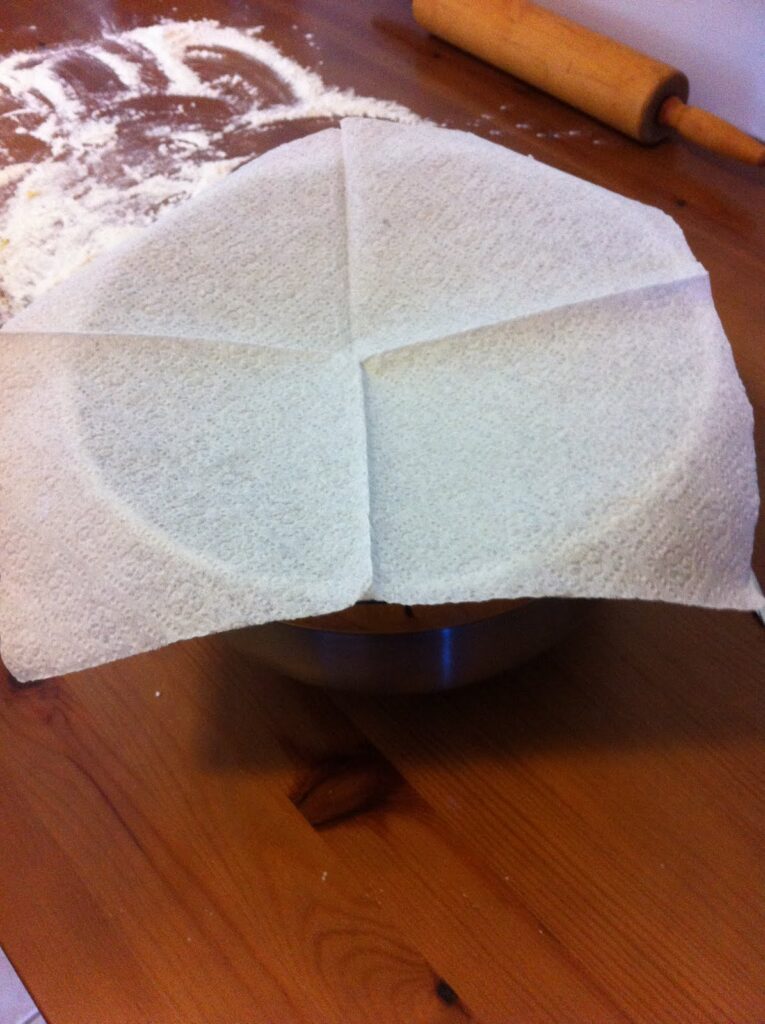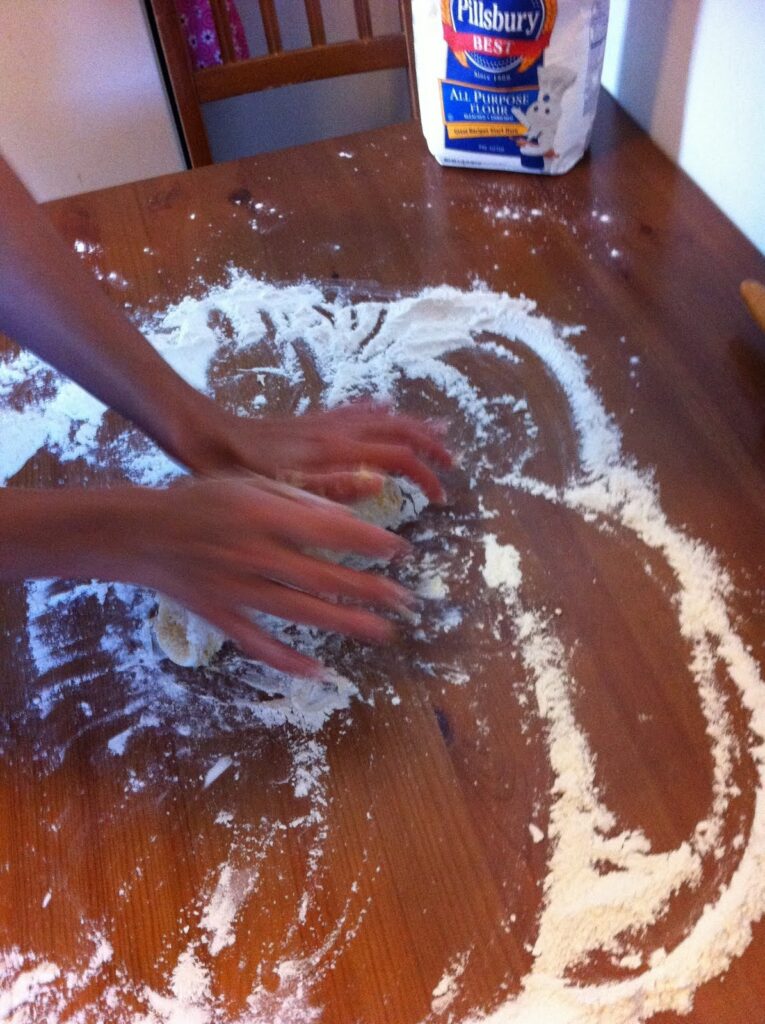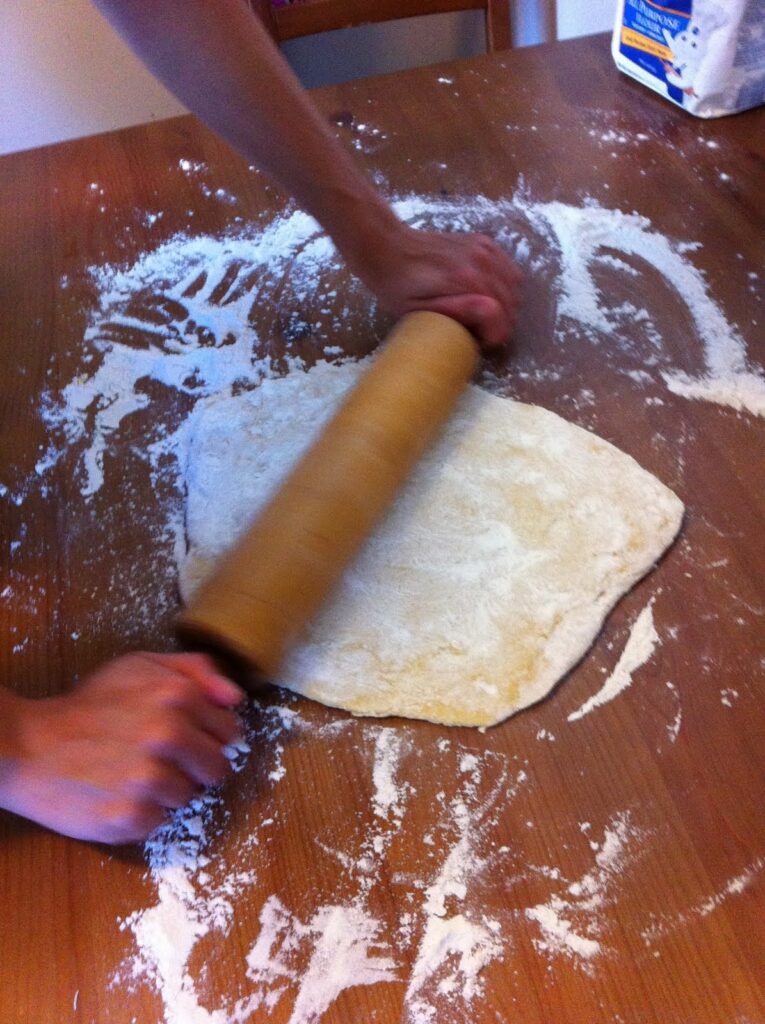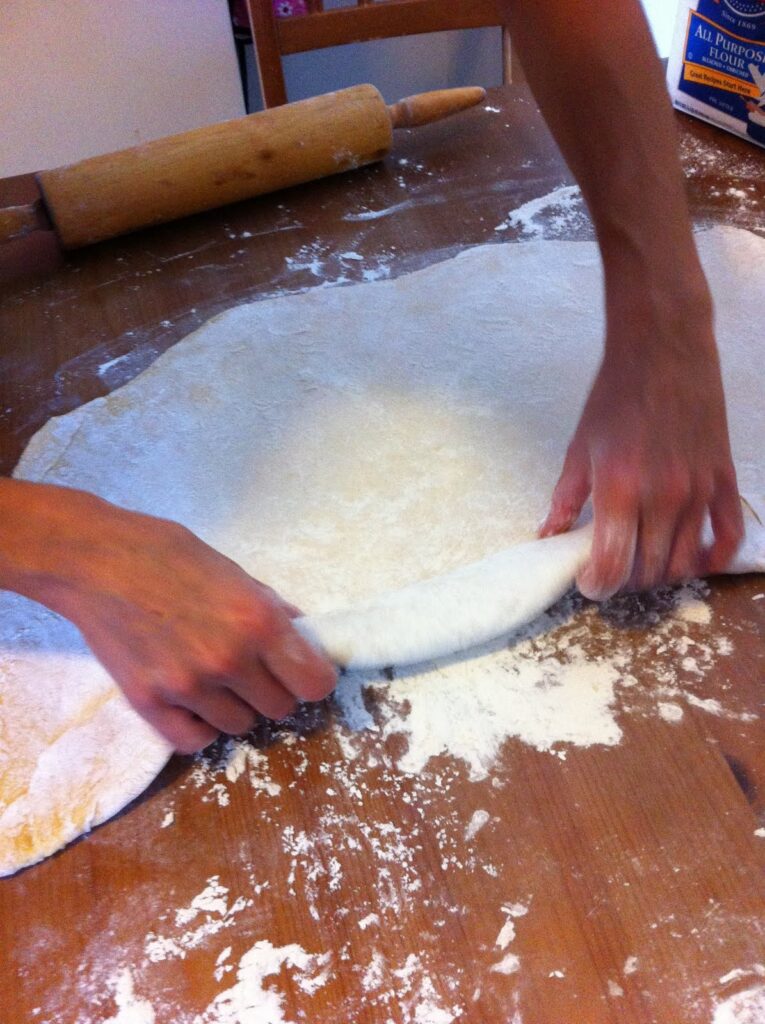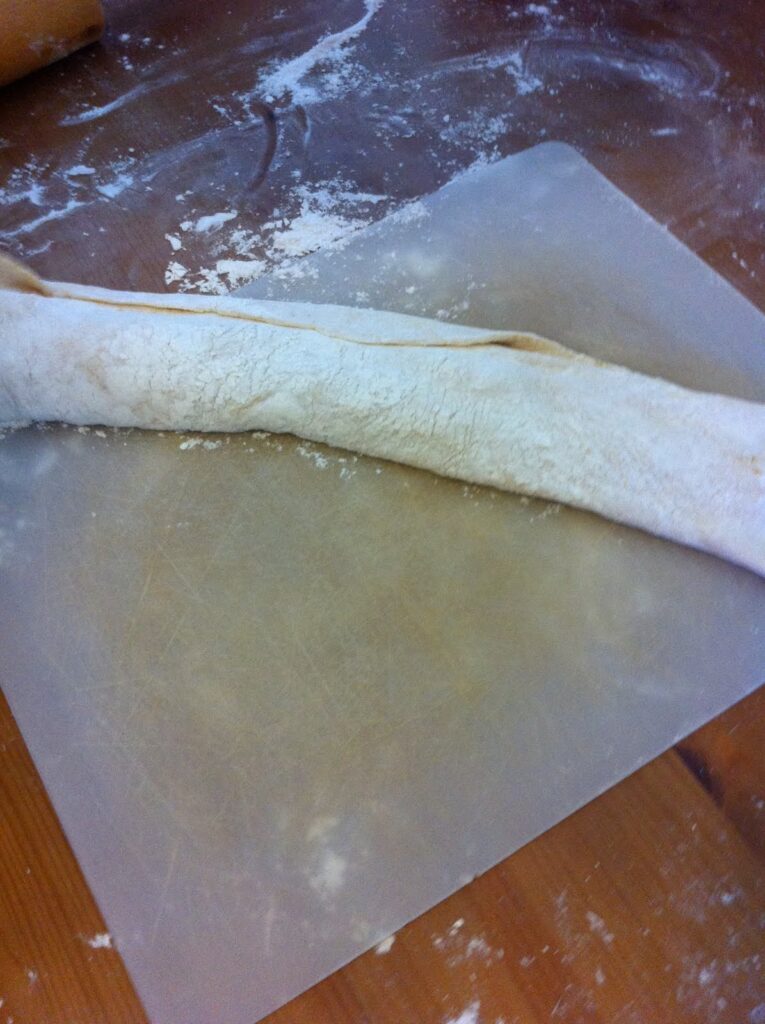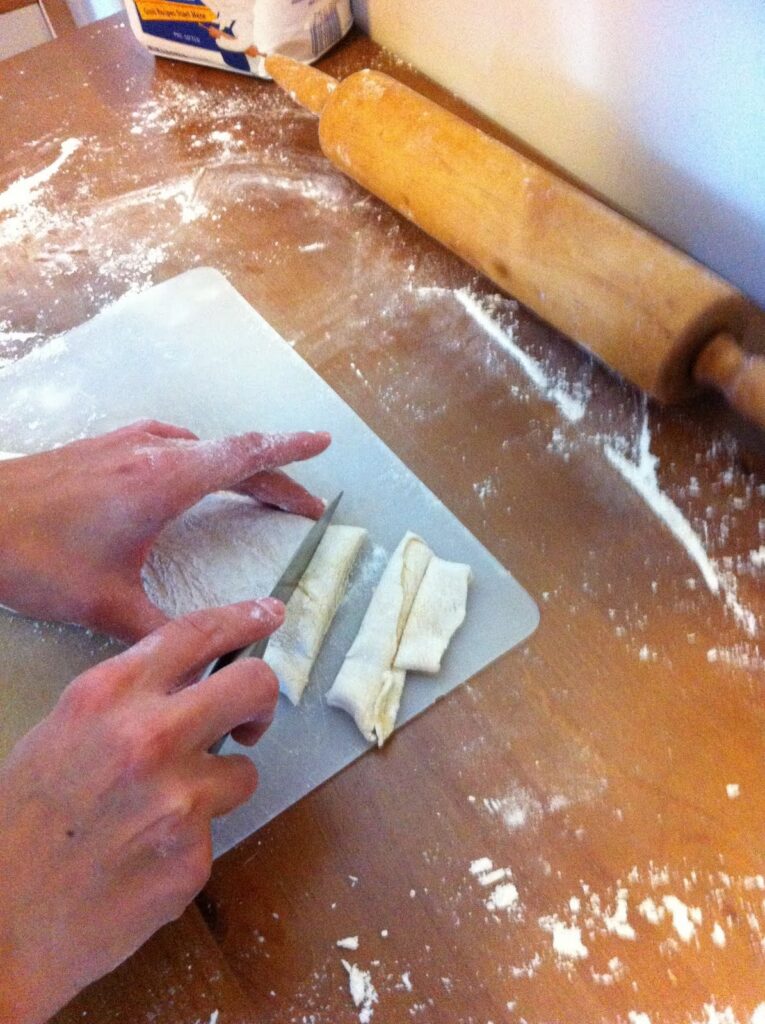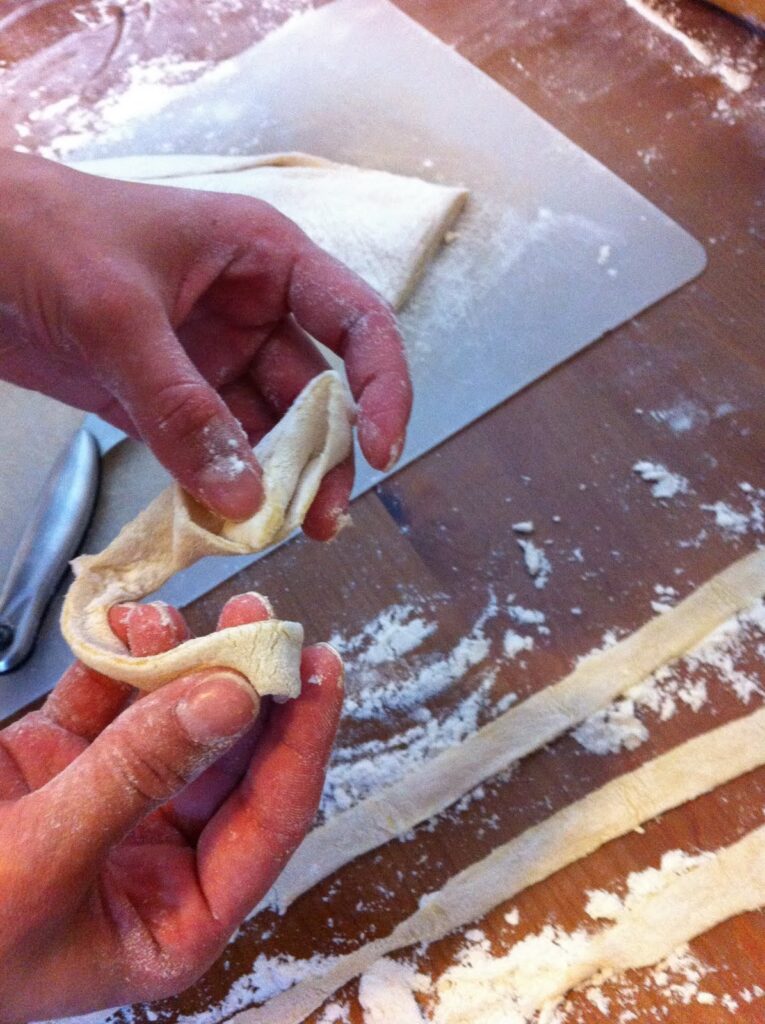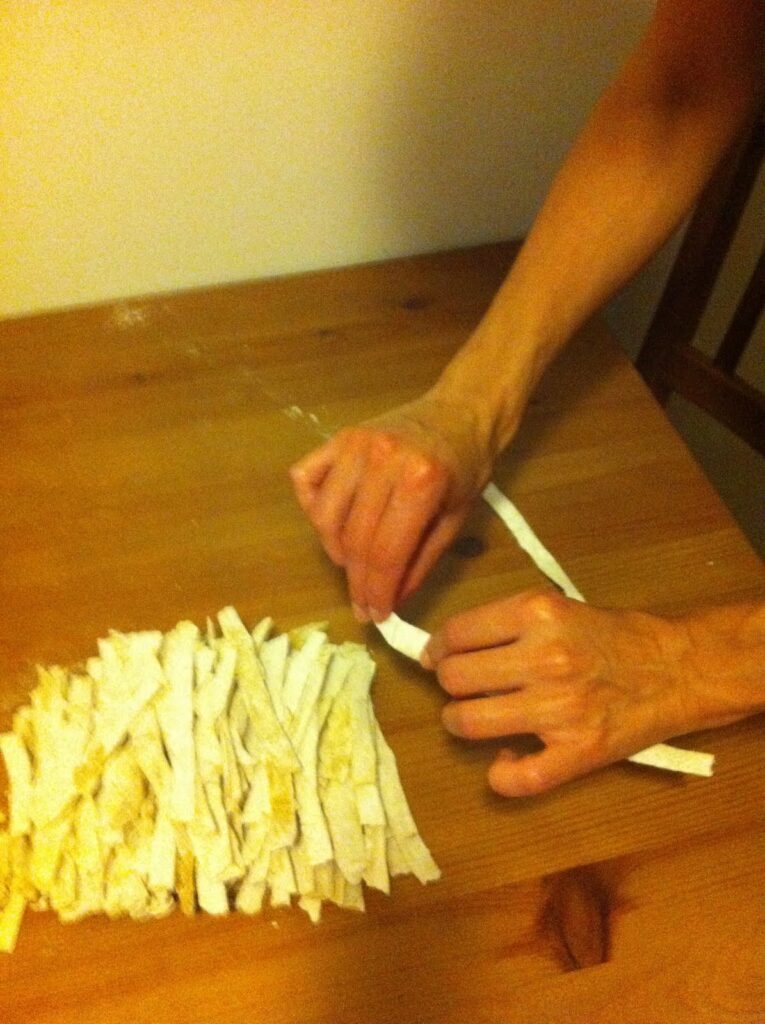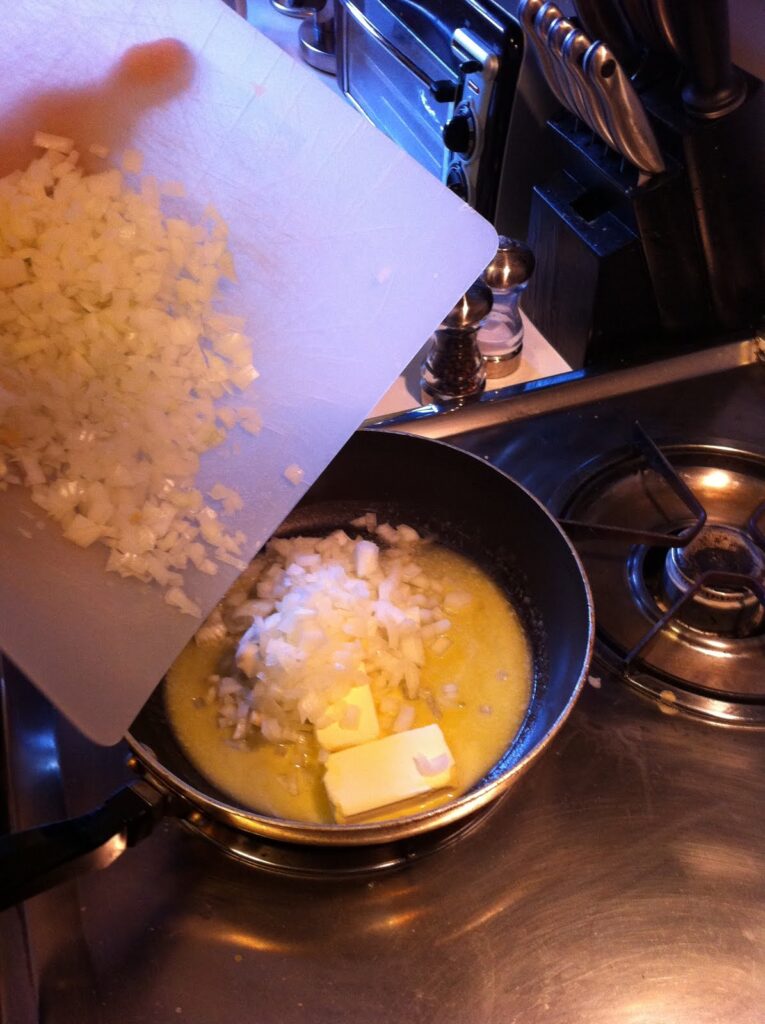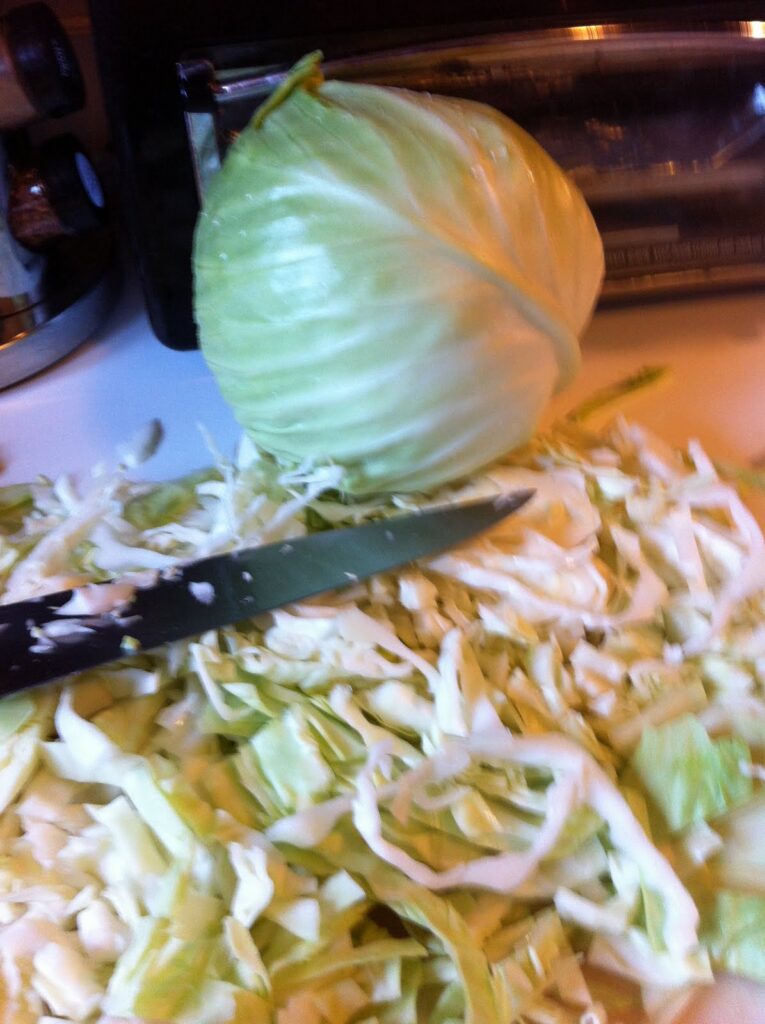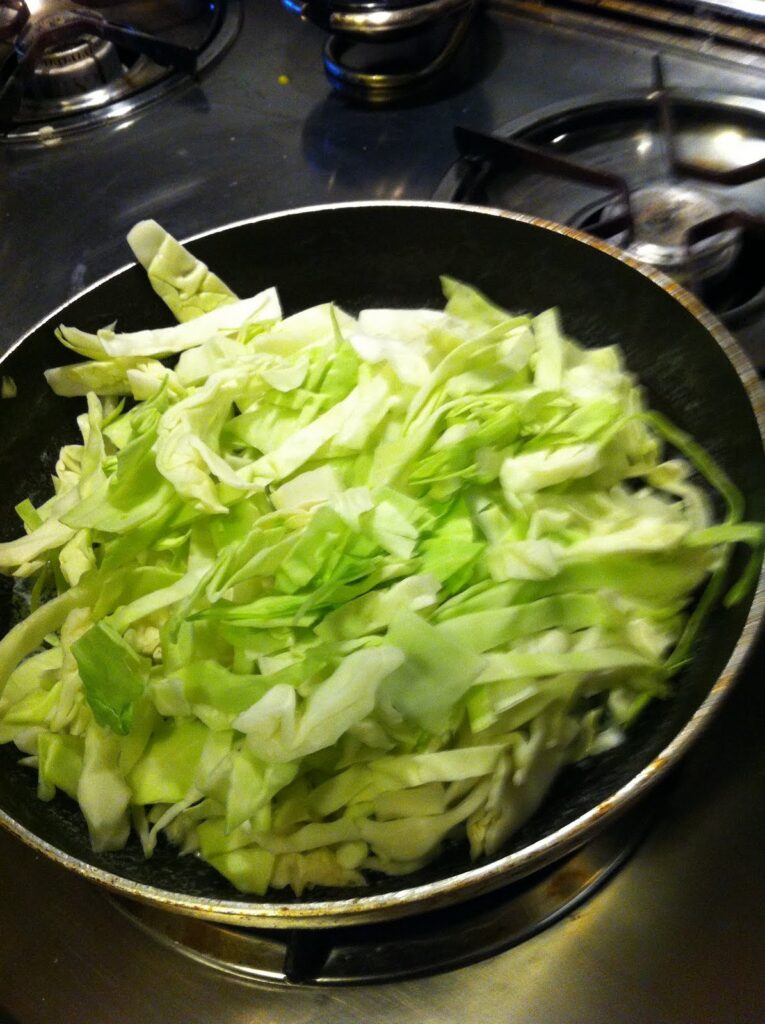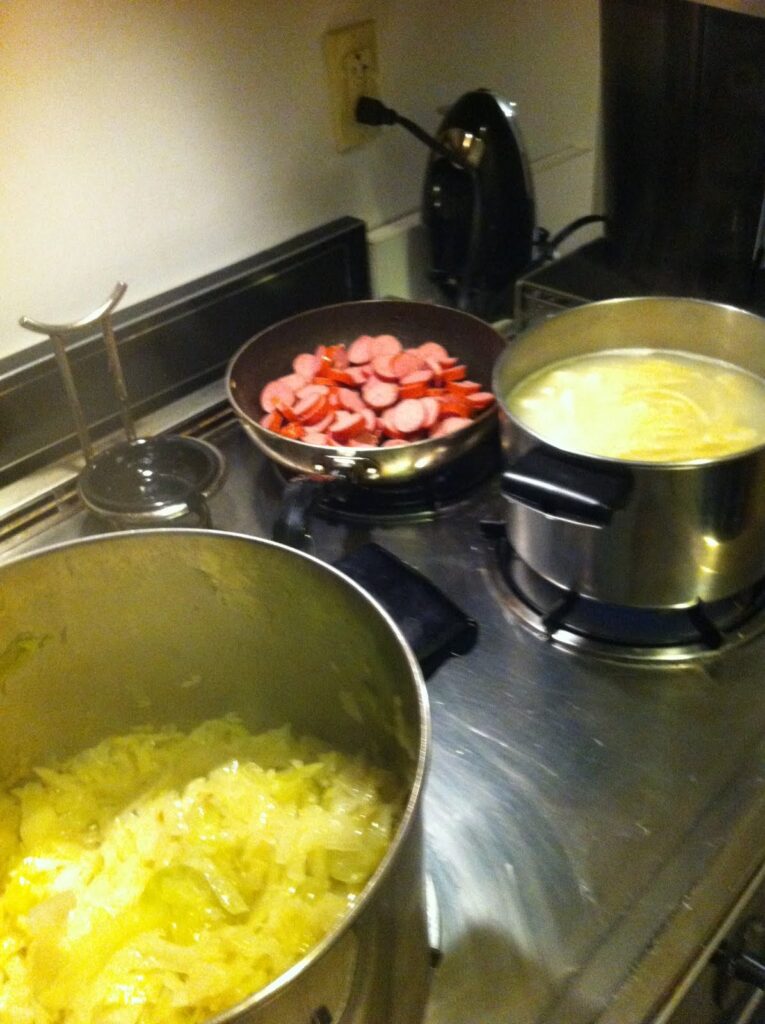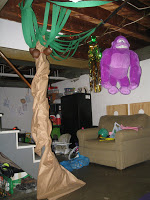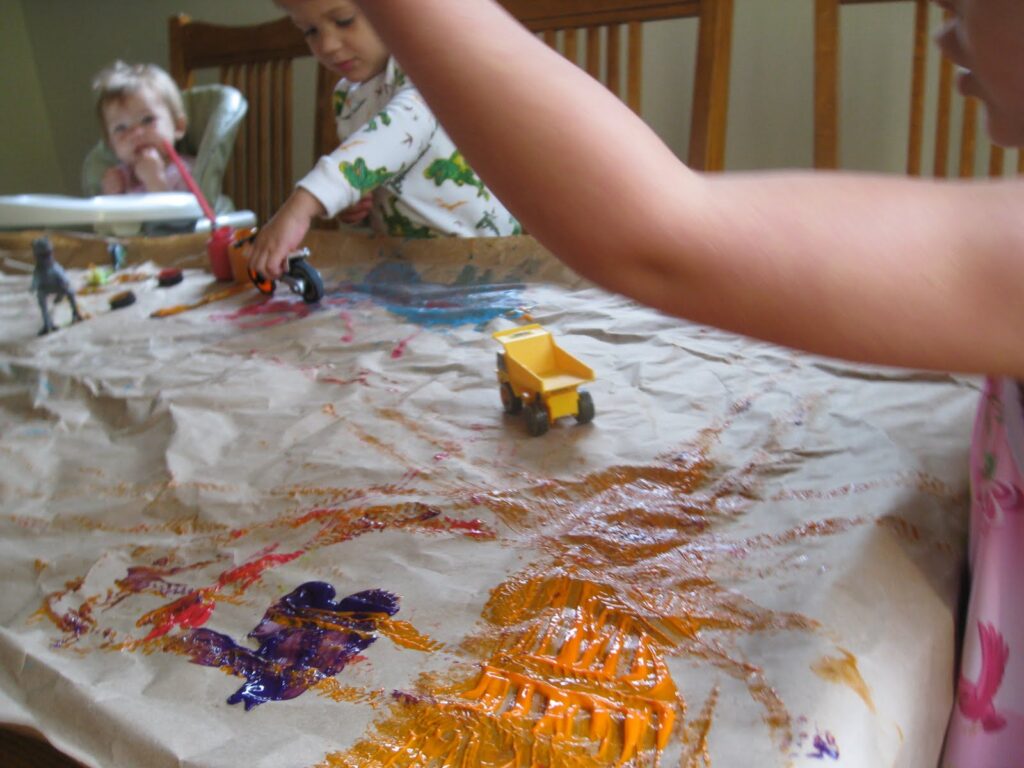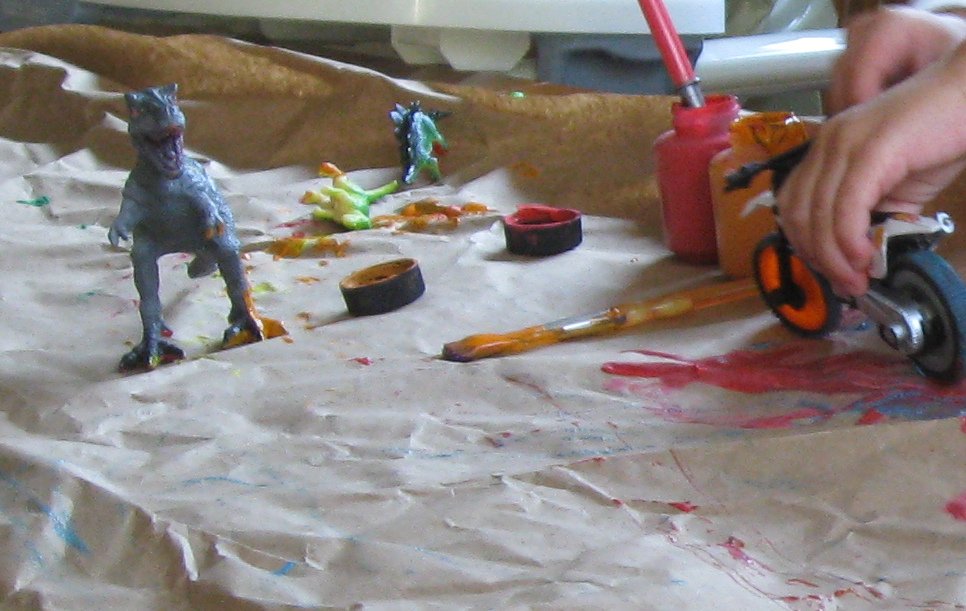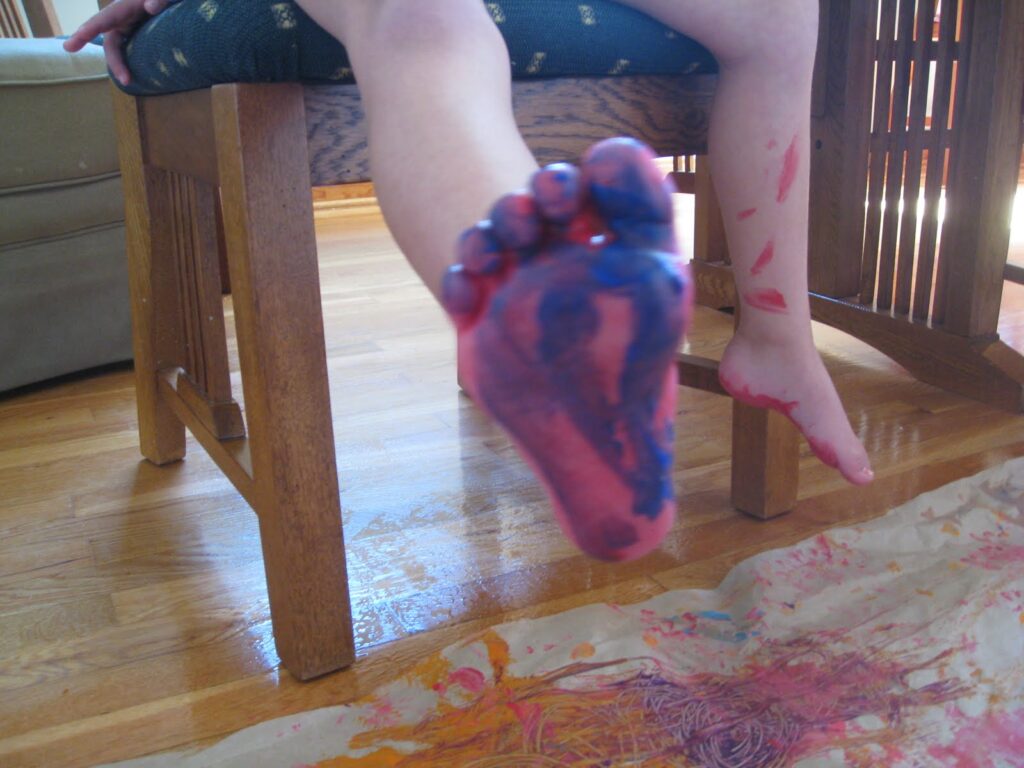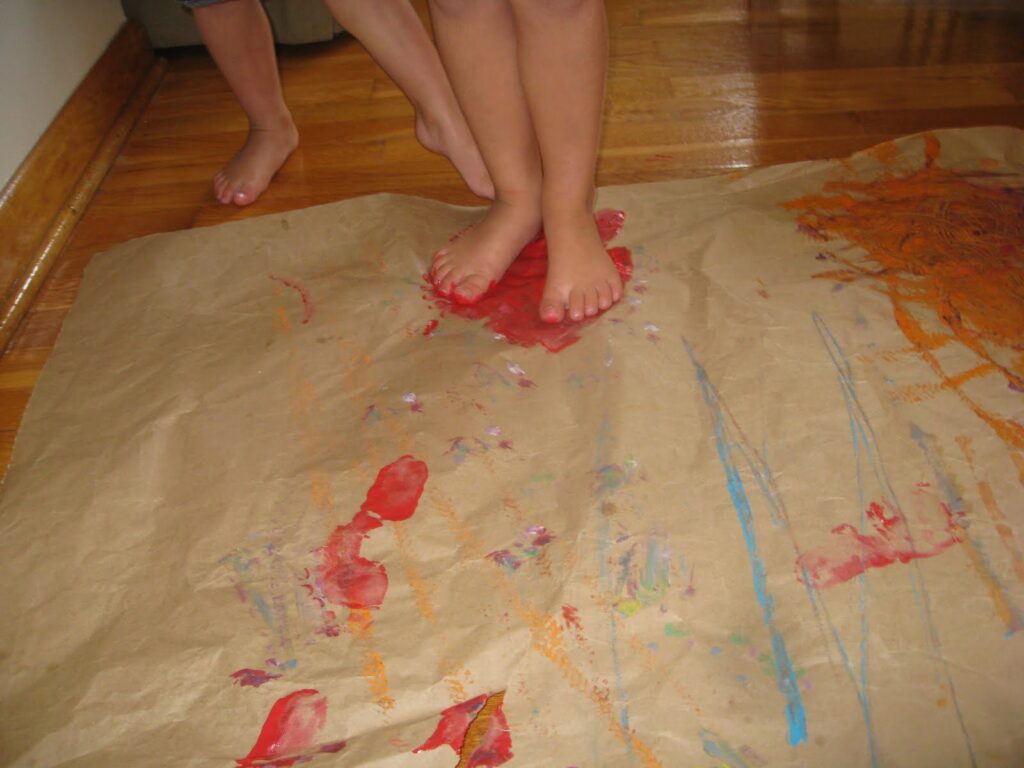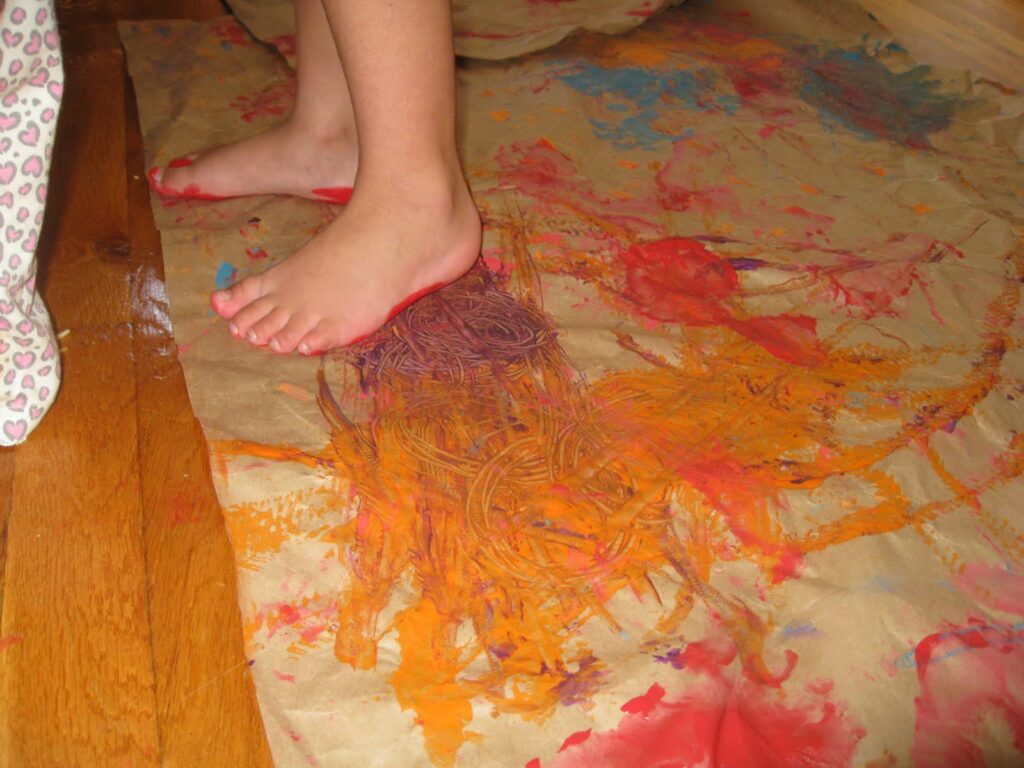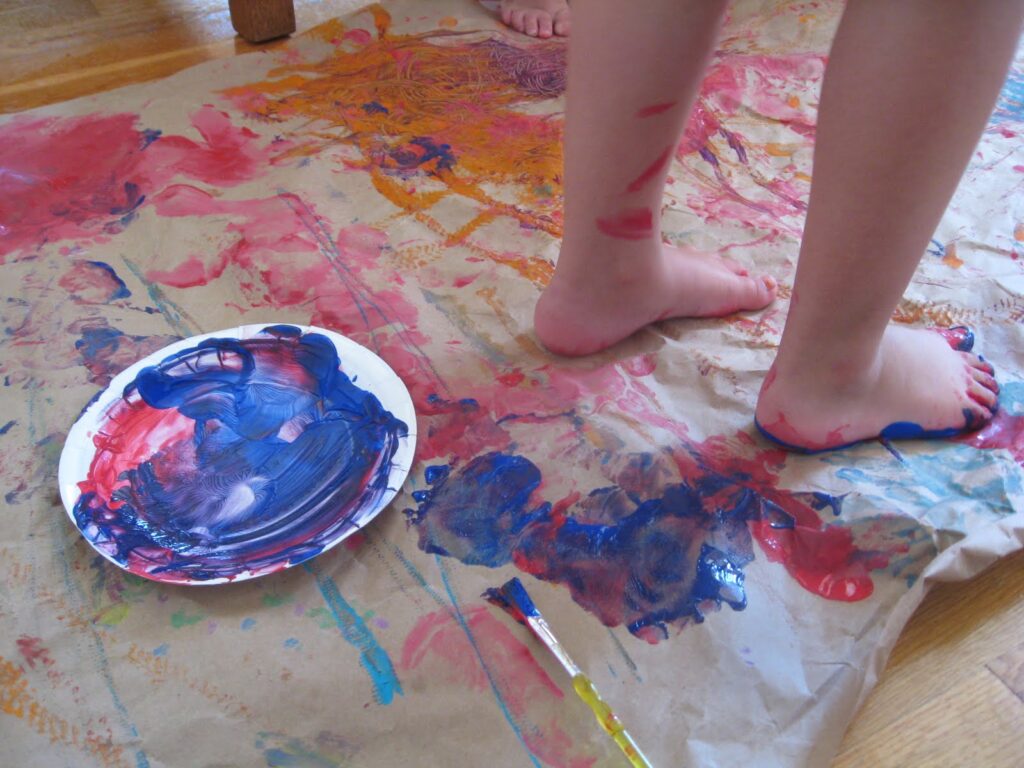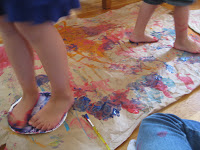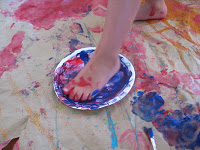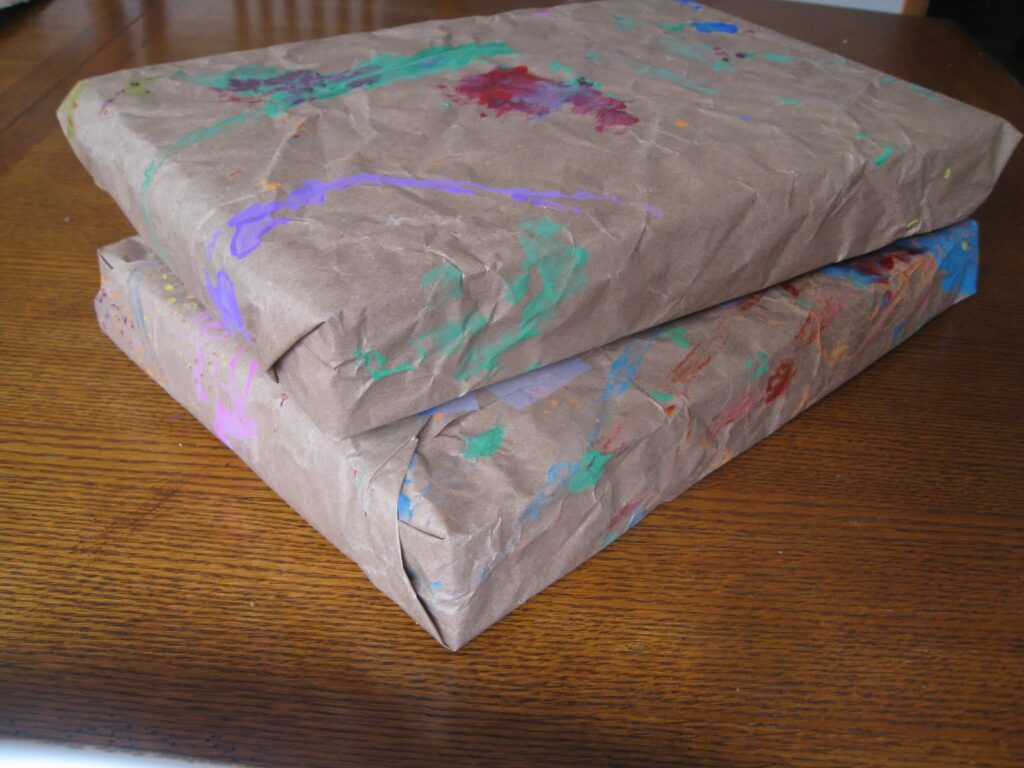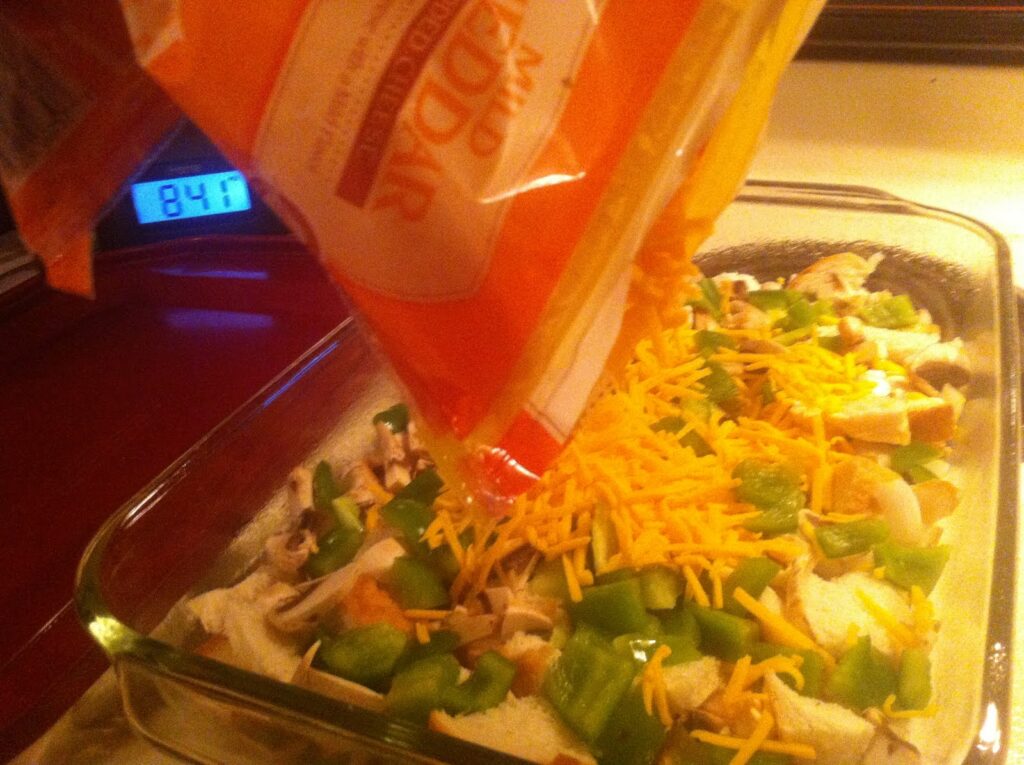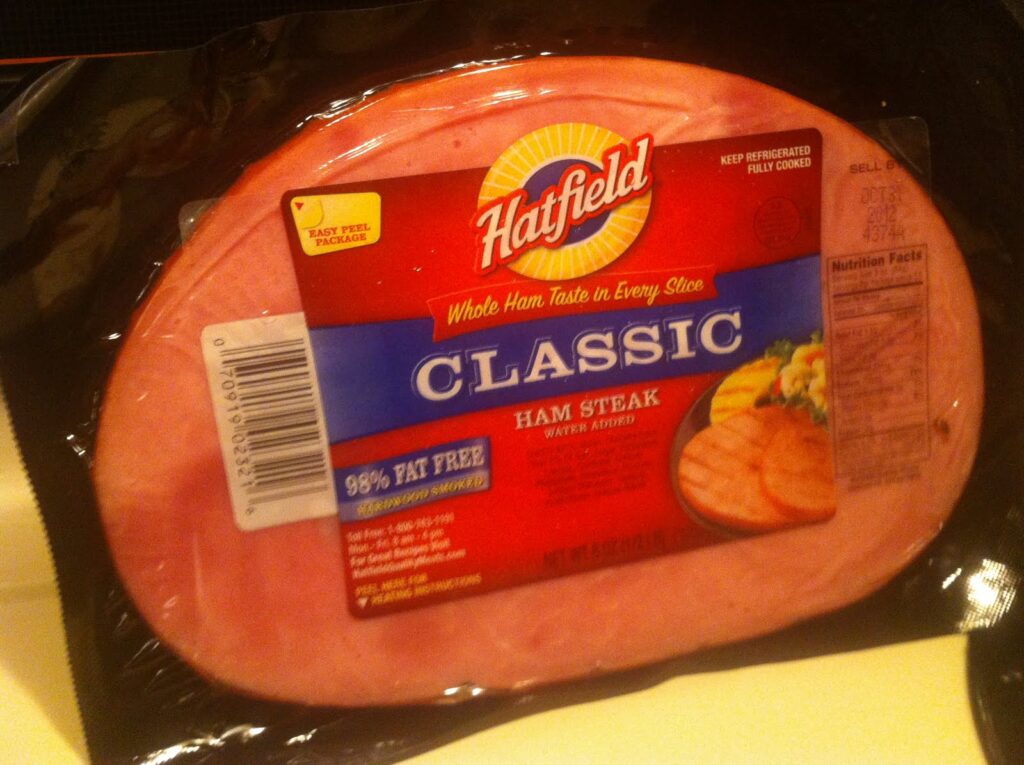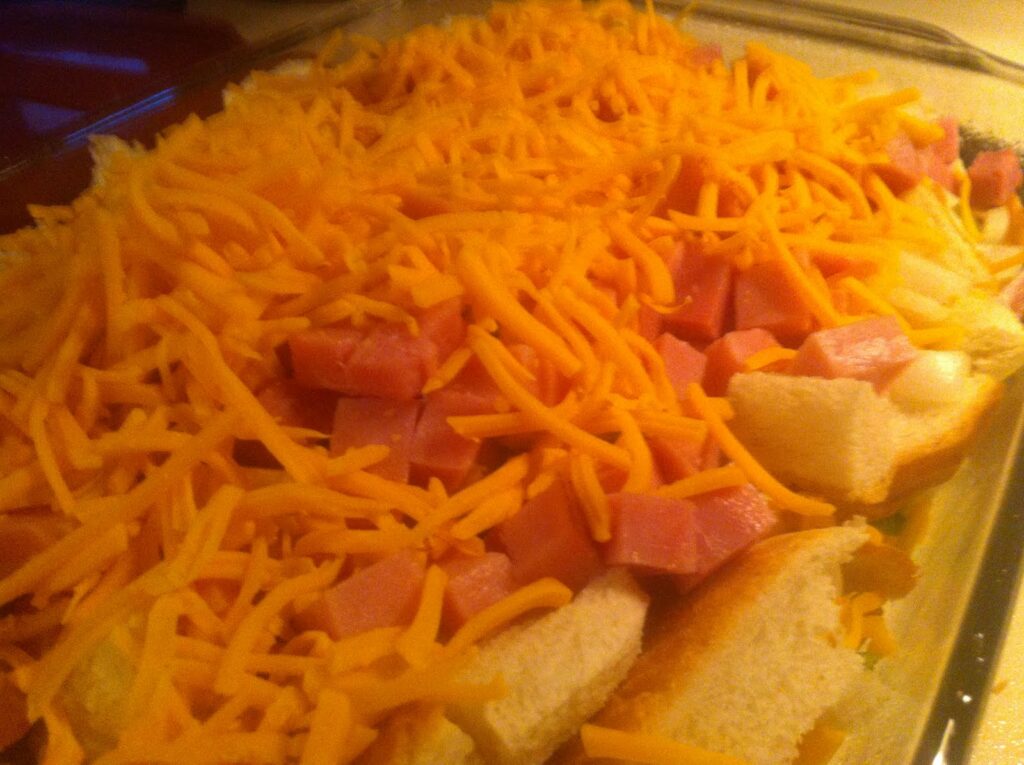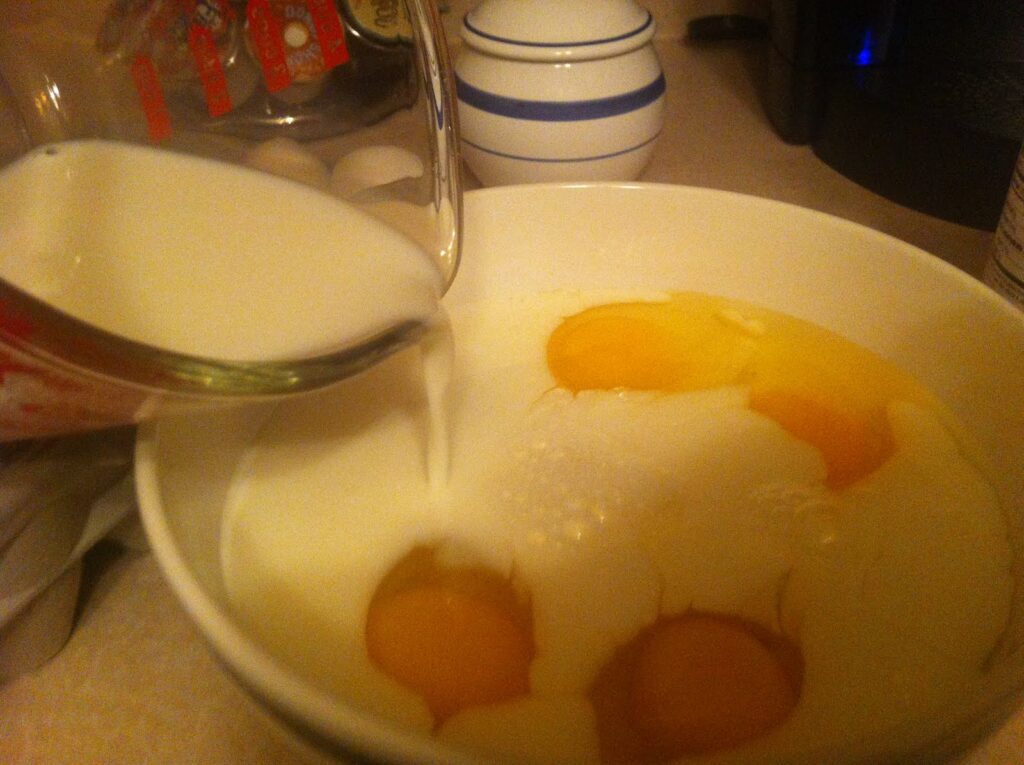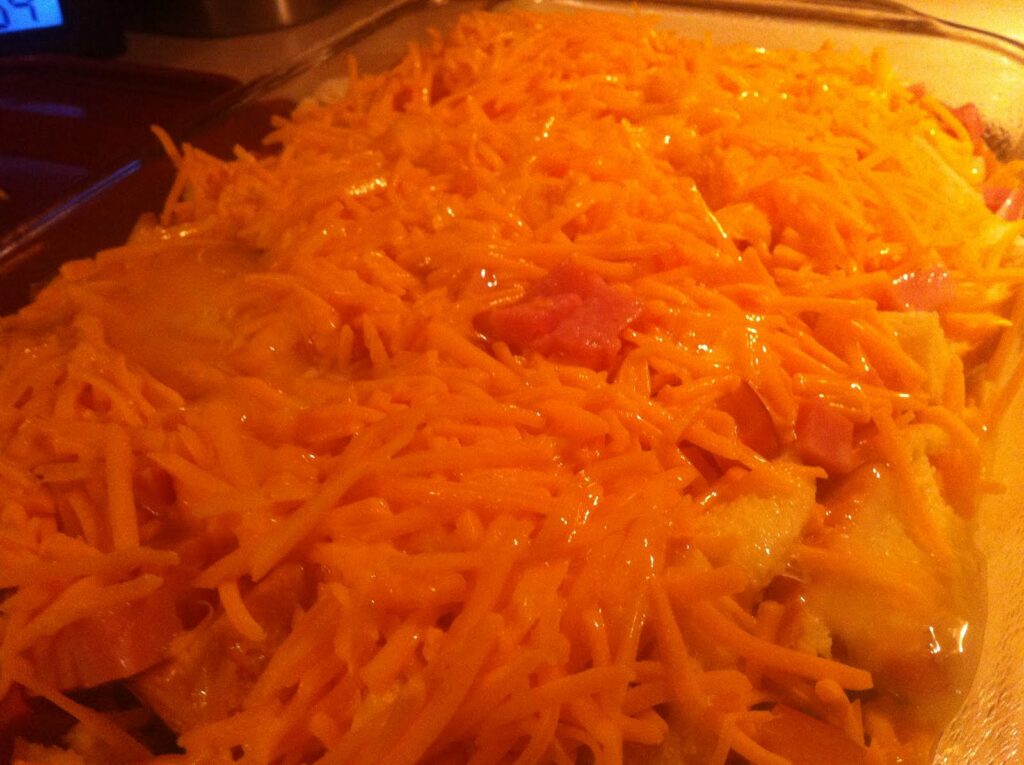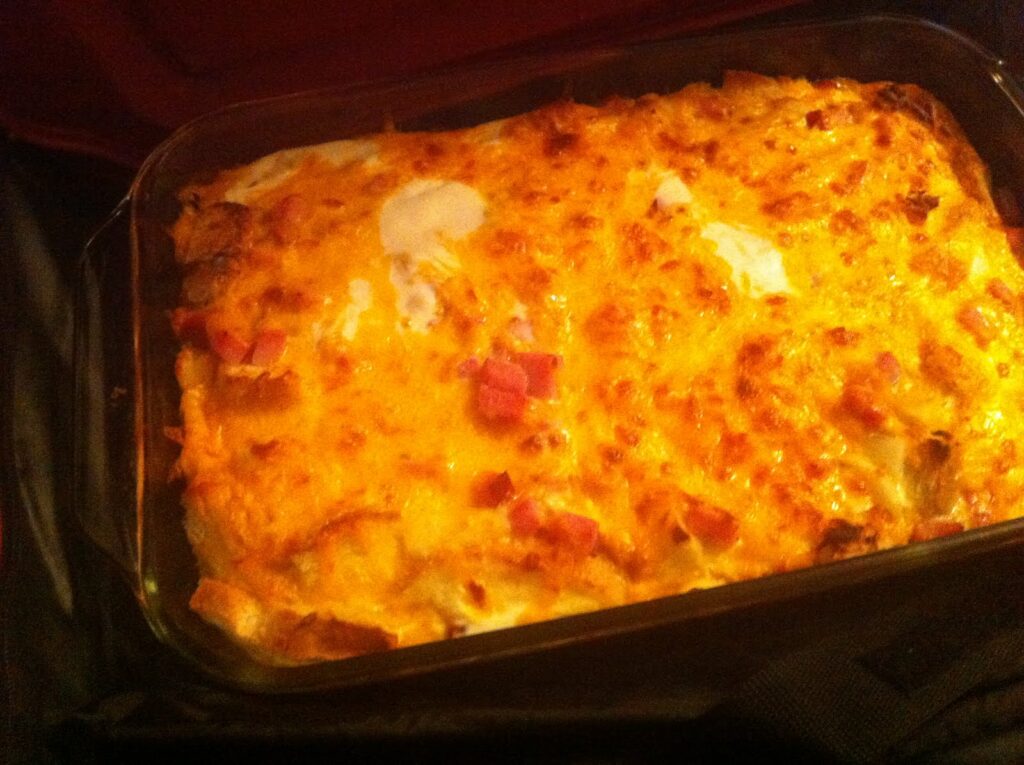One of our favorite recipes to make with kids is homemade Haluski Noodles. I love that this traditional comfort food of our heritage is a favorite among my kids, and they are gaining more benefits, too: of family and tradition, combined with the learning and development that happens in the kitchen when cooking with kids!
Homemade Haluski Noodles
Close your eyes and breathe in the enticing aroma of butter sizzling in a skillet, perfectly caramelized onions, and the harmonious blend of tender, homemade haluski noodles and cabbage. These are the flavors that bring warmth and nostalgia to the table, courtesy of the beloved dish known as haluski.
In this blog post, we’re sharing the art of crafting haluski noodles from scratch—a tradition that celebrates simplicity, flavor, and the joy of homemade comfort food.
Creating haluski noodles from scratch is a labor of love, one that involves kneading dough with care and transforming it into delicate, pillowy noodles. (Great for functional heavy work for kids!)
Whether you’re a seasoned cook or a novice in the kitchen, you can easily make homemade noodles right on the counter top or you can turn the homemade dough through a haluski noodle maker…it’s an easy recipe that is worth the extra effort!
How to make homemade Haluski Noodles
I needed a yummy recipe. Something that would be easy for her to reheat – something in one pot would be great. Haluski and Sausage hit the mark, and I knew just what to do to make it extra delish – make the noodles from scratch!
Noodle Ingredients: (This will make more than enough noodles for your dish. If you’d like, you can save some and use them in soups or other pasta dishes for the week.)
- 2 cups flour (and some extra for rolling out the dough)
- 1 teaspoon salt
- 4 eggs
- 1 tablespoon oil
- 1 tablespoon warm water
Haluski Ingredients:
- One large onion
- One head cabbage
- One stick butter (more/less depending on how buttery you like your haluski)
- Sausage or Kielbasa (I used Turkey Sausage)
Directions for Haluski Noodles:
- First put the dry ingredients in a large bowl and mix together.
- Create a well in the center of the flour.
- Crack the eggs into the well.
- Add the oil and water to the well.
5. Break each egg, and gently mix the wet ingredients together.
6. Slowly mix the dry ingredients into the wet.
7. Mix until well incorporated. If your dough is sticking to the bowl, add more flour until it can form a ball.
8. Let your dough sit in the bowl, covered with a paper towel, for 10 minutes.
9. Generously flour the table. Dust the dough with flour also.
10. Kneed the dough until it is still soft but no longer sticks to the table. (You can add more flour during this process if it’s too sticky.)
11. Flour the table and dough again so that it doesn’t stick while rolling it out.
12. Roll the dough to your desired thickness. These noodles plump up a little when you boil them, so roll it a bit thinner than desired.
13. Roll the dough, jelly-roll style. Make sure you do not roll it too tightly – you don’t want it to stick together.
14. Cut the rolled dough into 1/4 pieces.
15. Unwrap the noodles as you go so that the dough doesn’t stick to itself.
16. Lay the noodles out on your floured table.
You can cook your noodles right away, or you can let them sit until dried. Cut your noodles to desired length before cooking. If you dried them, you can break them by hand.
Cook them in boiling water, just like you would egg noodles. You know they are done when they start floating to the top of the water.
Use a Noodle Maker to make the Haluski noodles– You can also create a thinner noodle if you would prefer thin Haluski Noodles. Once you have your dough made, cut it into small pieces. Then use the noodle maker:
Directions for Haluski:
Use the haluski ingredients listed above and follow the directions below:
- While the noodles were boiling, I chopped the onion and melted the butter.
- Sauté the onions in the butter until they are tender.
3. Chop the cabbage into 1/4 inch slices. If the slices are long, feel free to chop them in half.
4. Add the cabbage to the butter/onion mixture. I had so much cabbage that I ended up transferring it all to a large pot.
5. Cover the pot and cook the cabbage until it is tender; about 15 minutes, stirring often.
6. Slice up the sausage or kielbasa and cook it in a skillet until browned. You could also substitute ham in this dish. To prepare the ham, cut the ham slice into small pieces. Brown them in a sauté pan on the stove top.
7. When noodles are floating, cabbage is tender, and sausage is browned, mix all together into one delicious dish.
Eat it for dinner tonight or deliver it to a friend!



